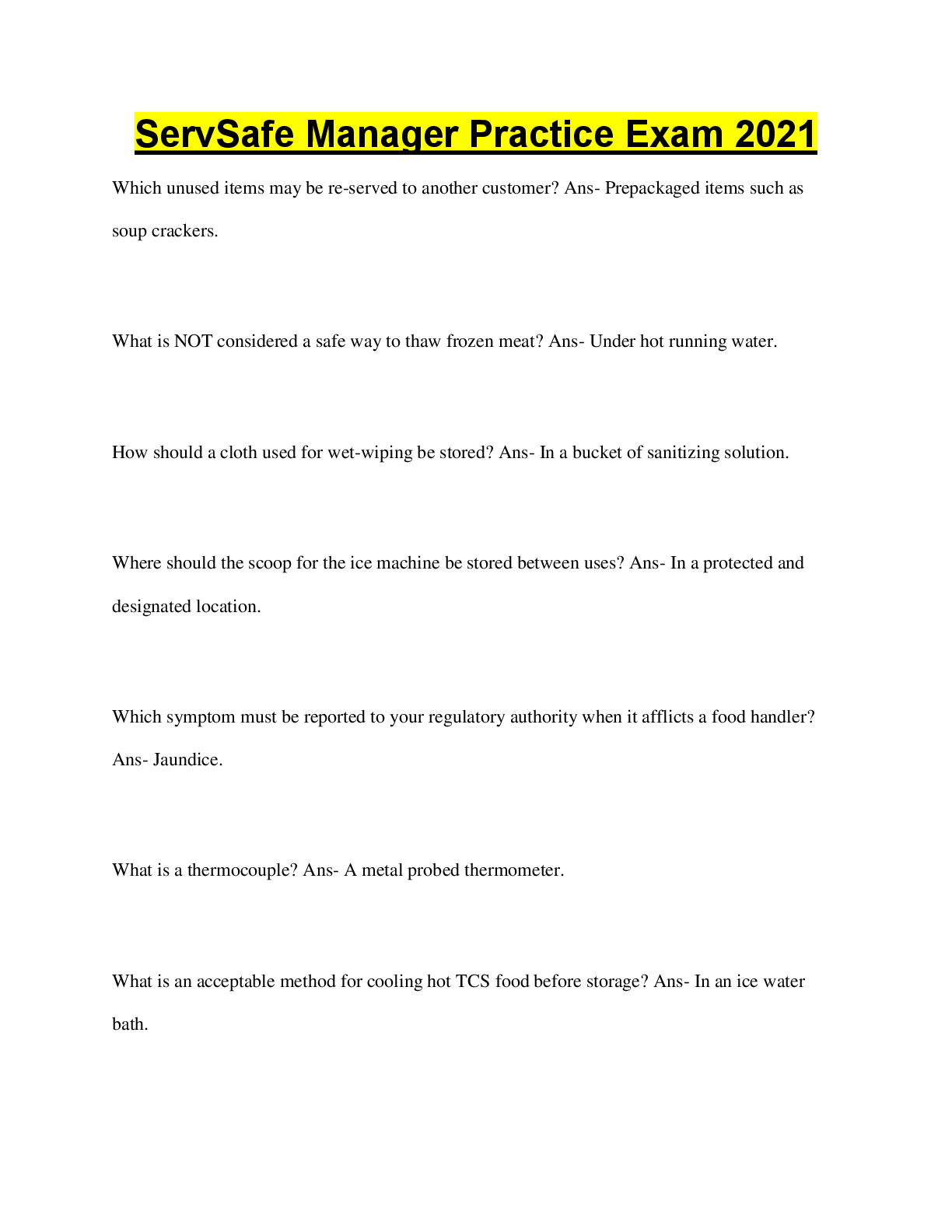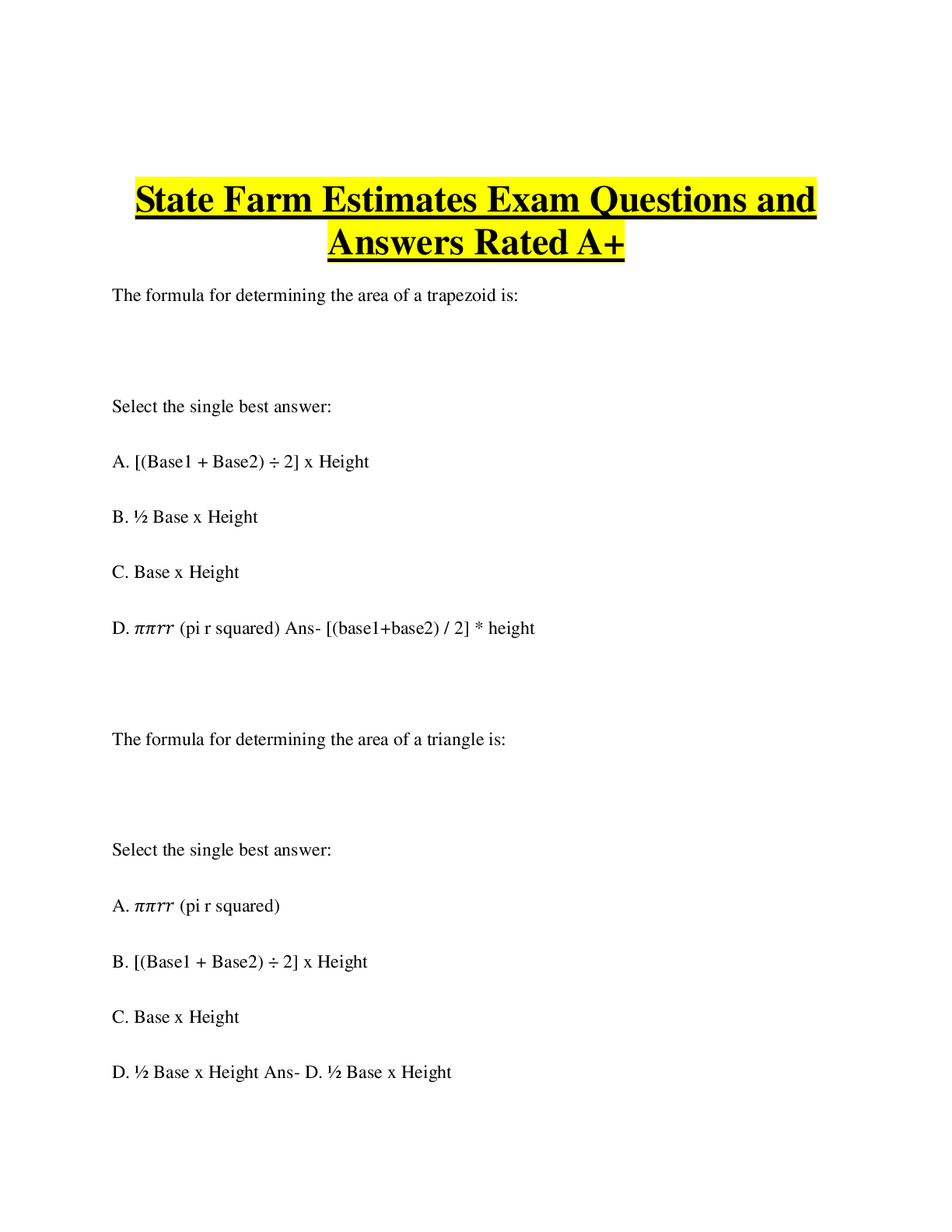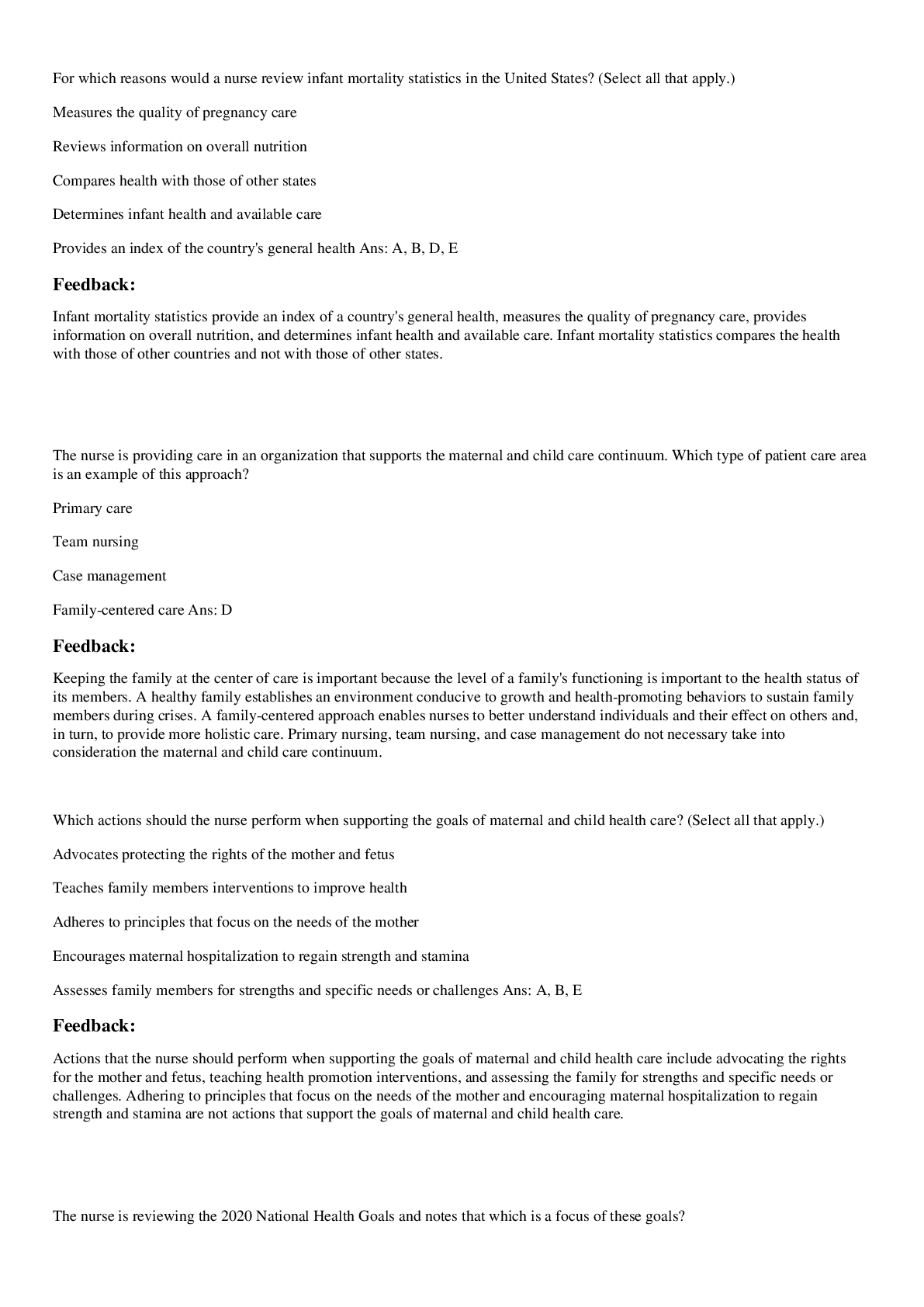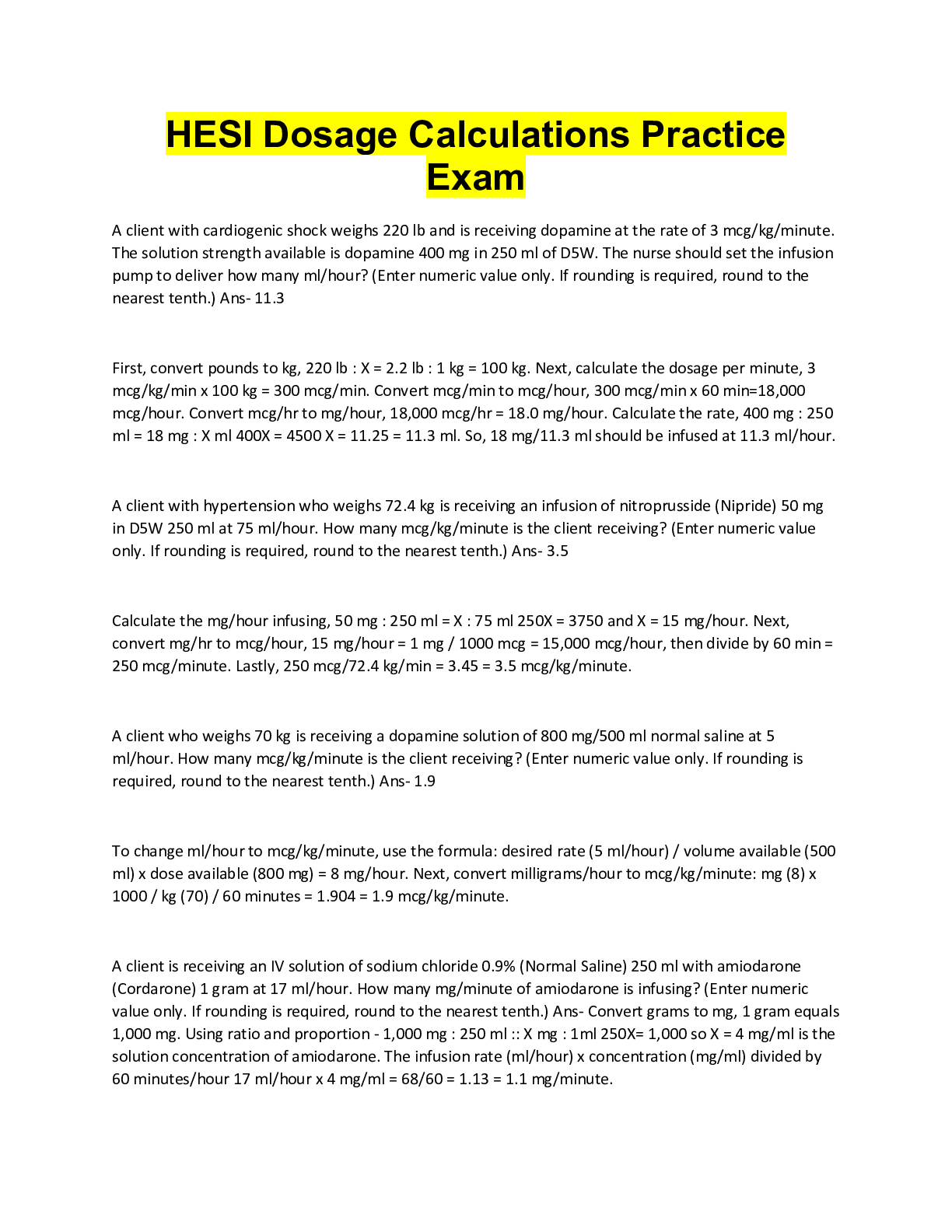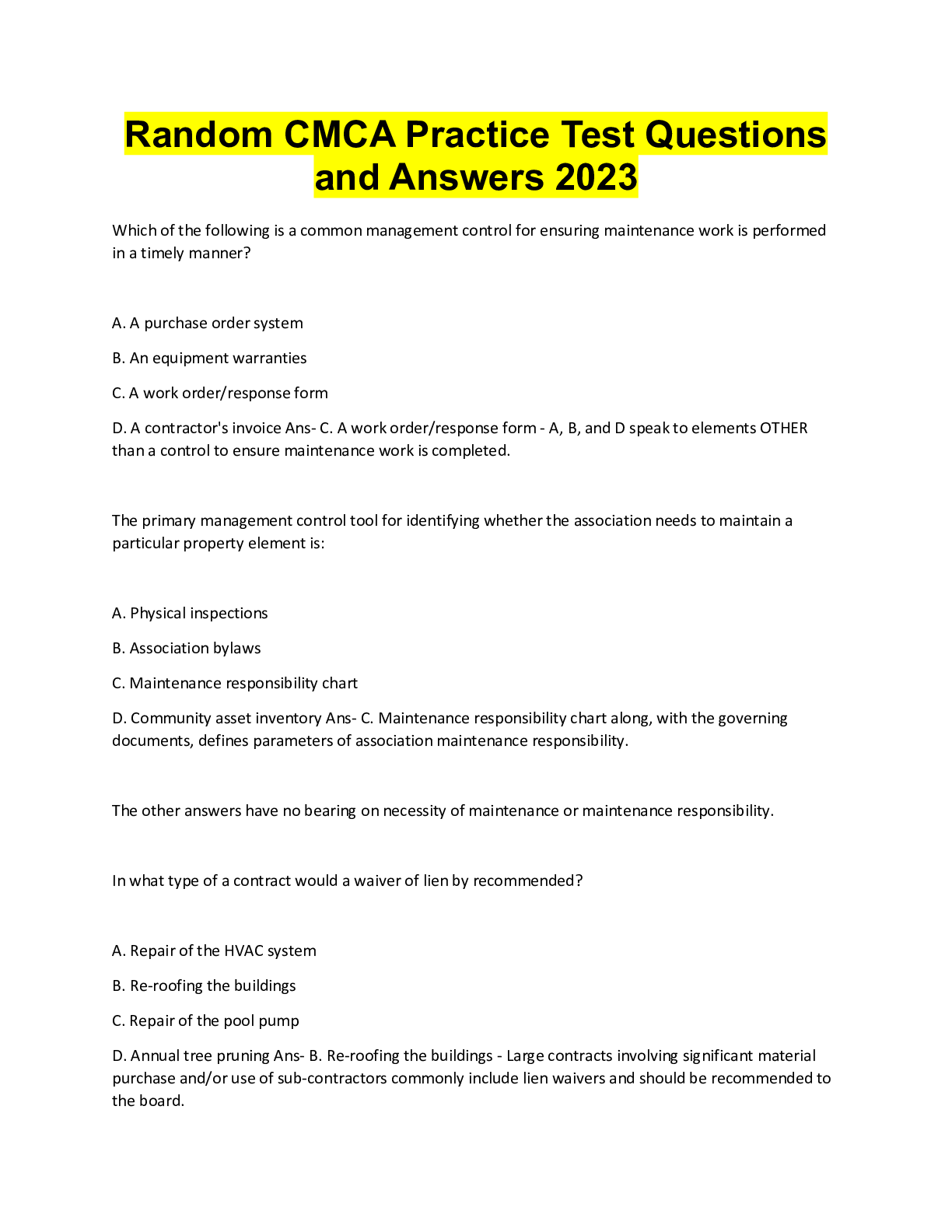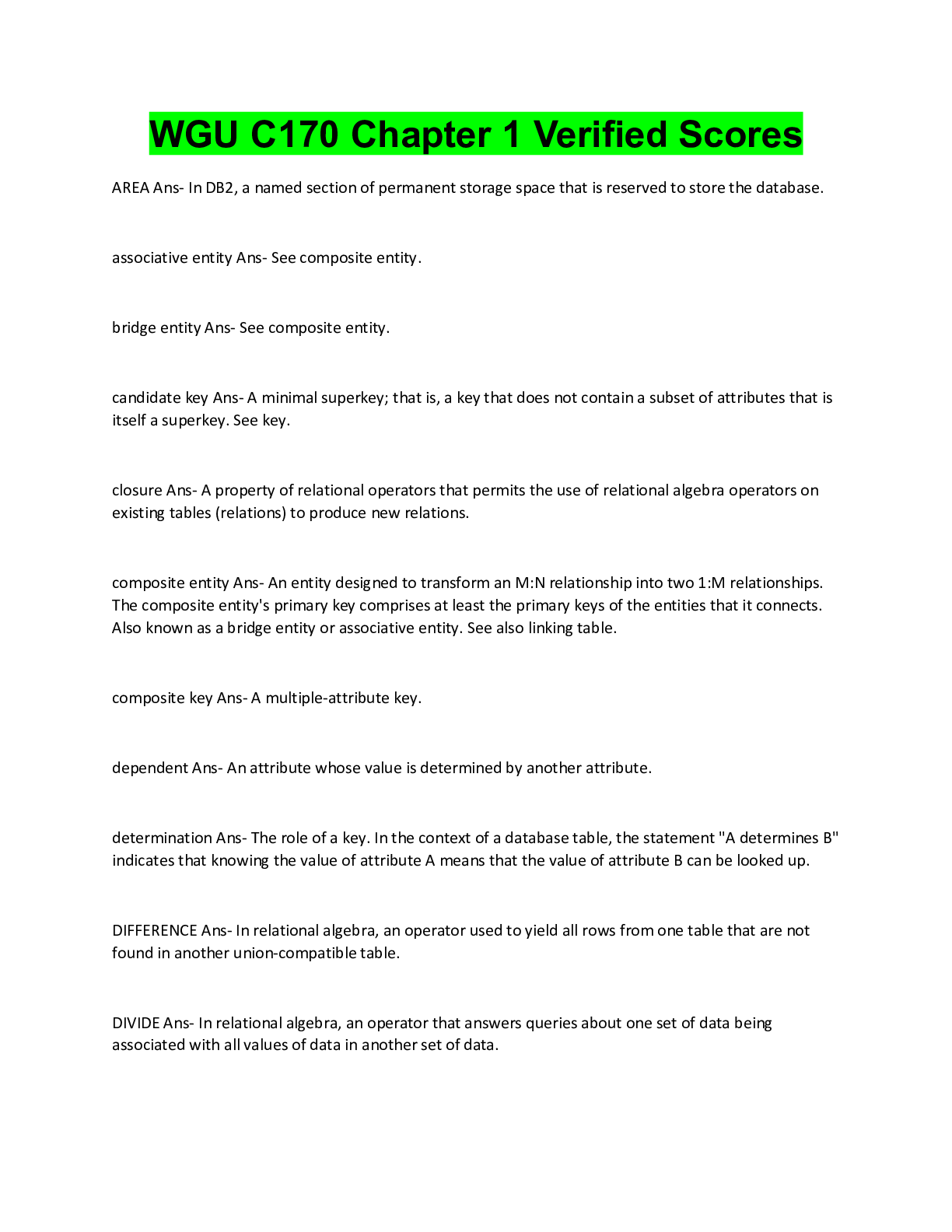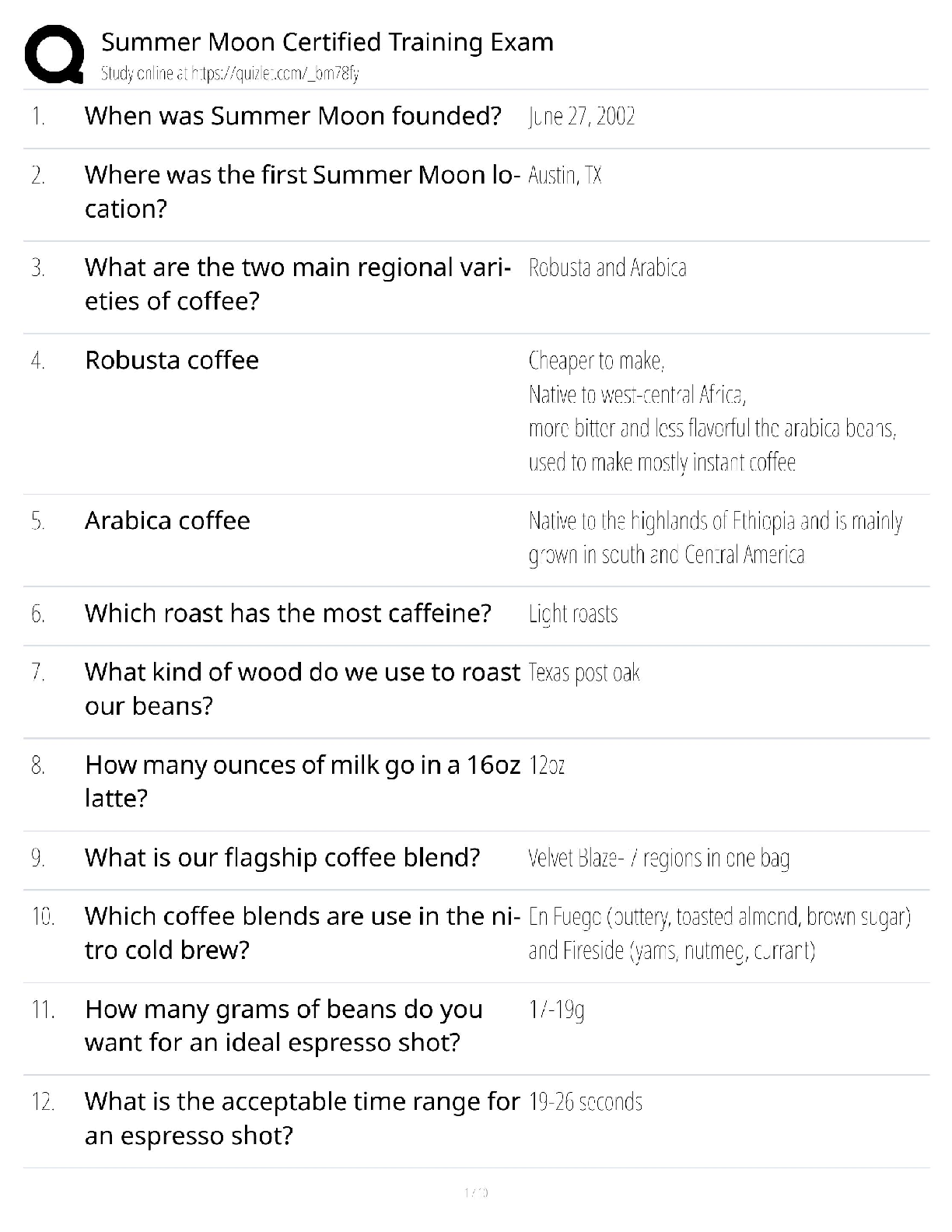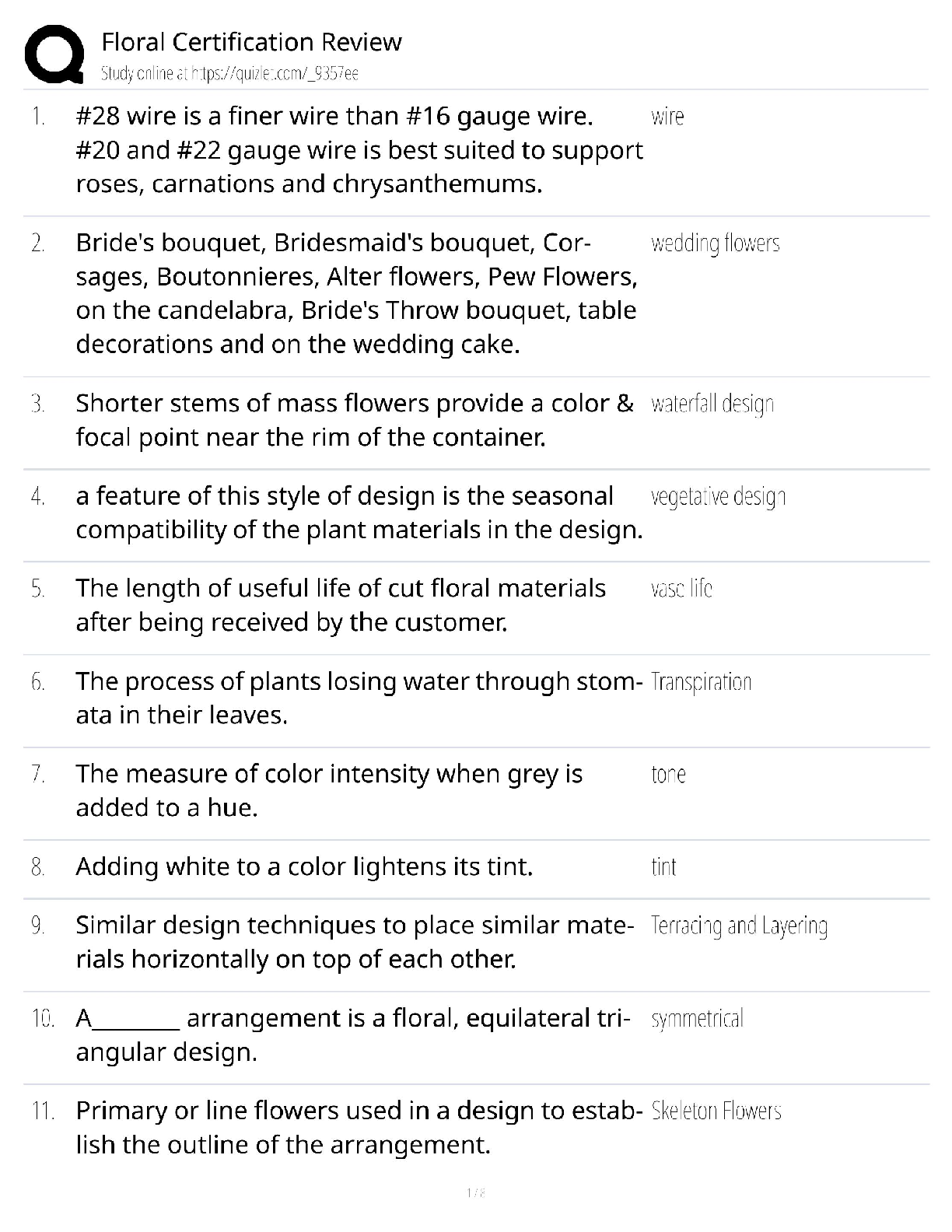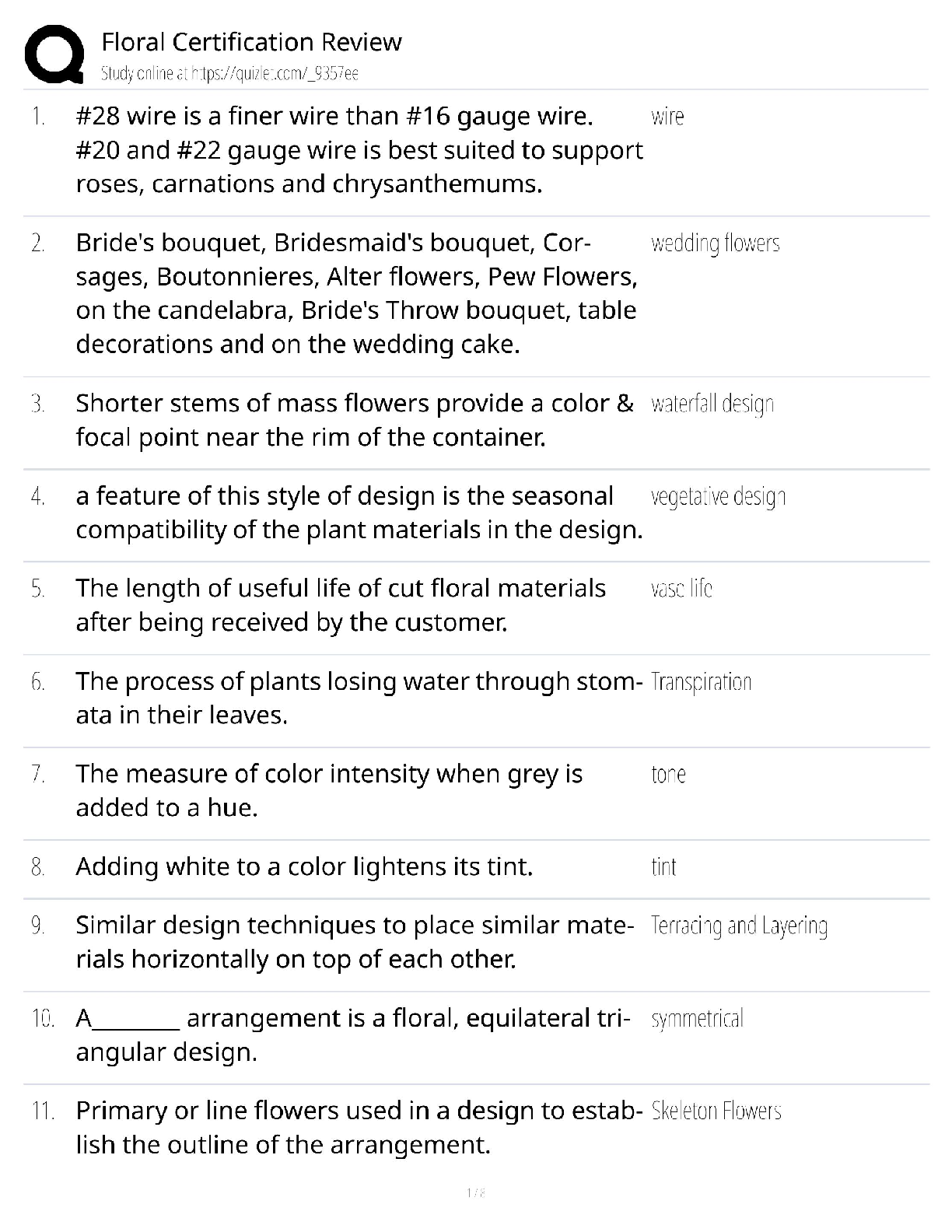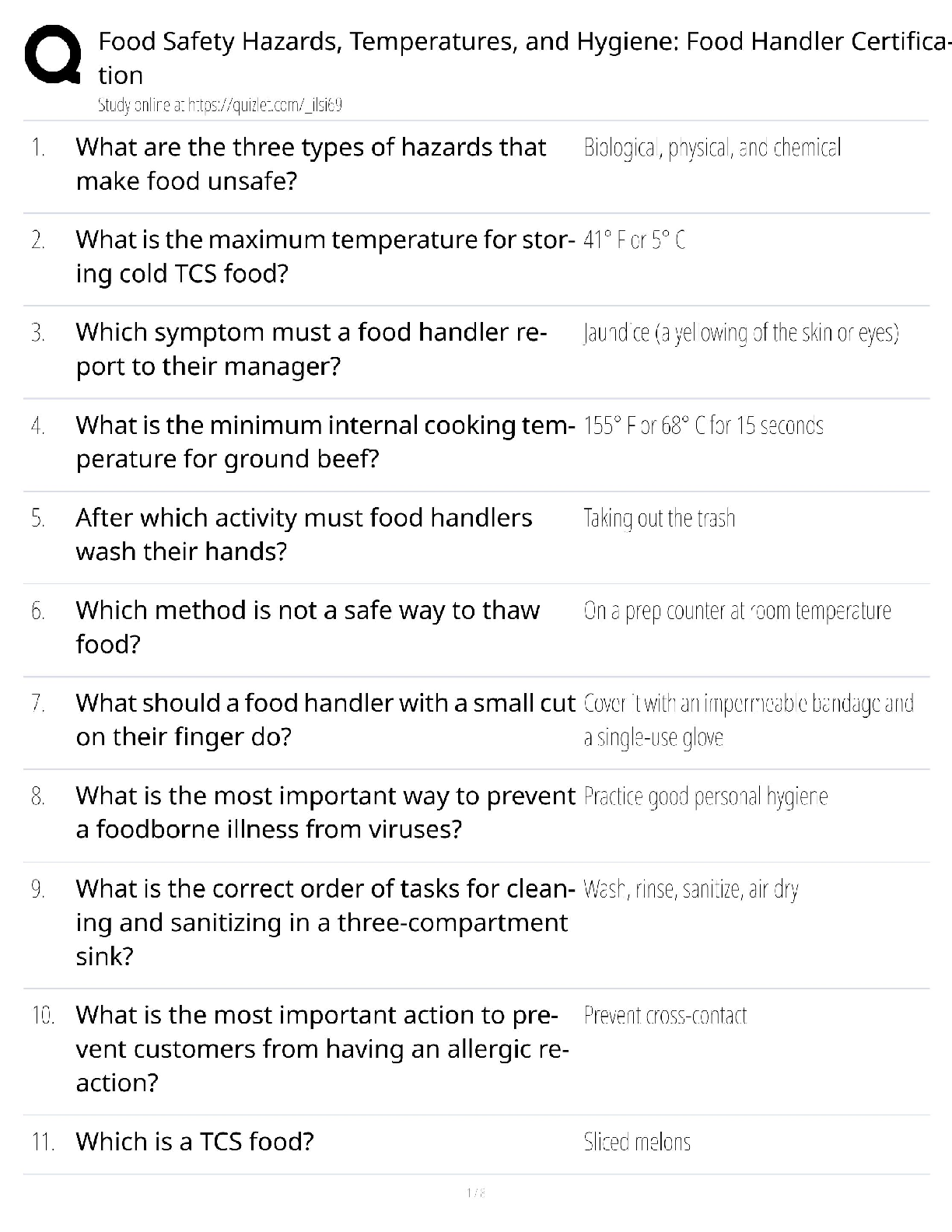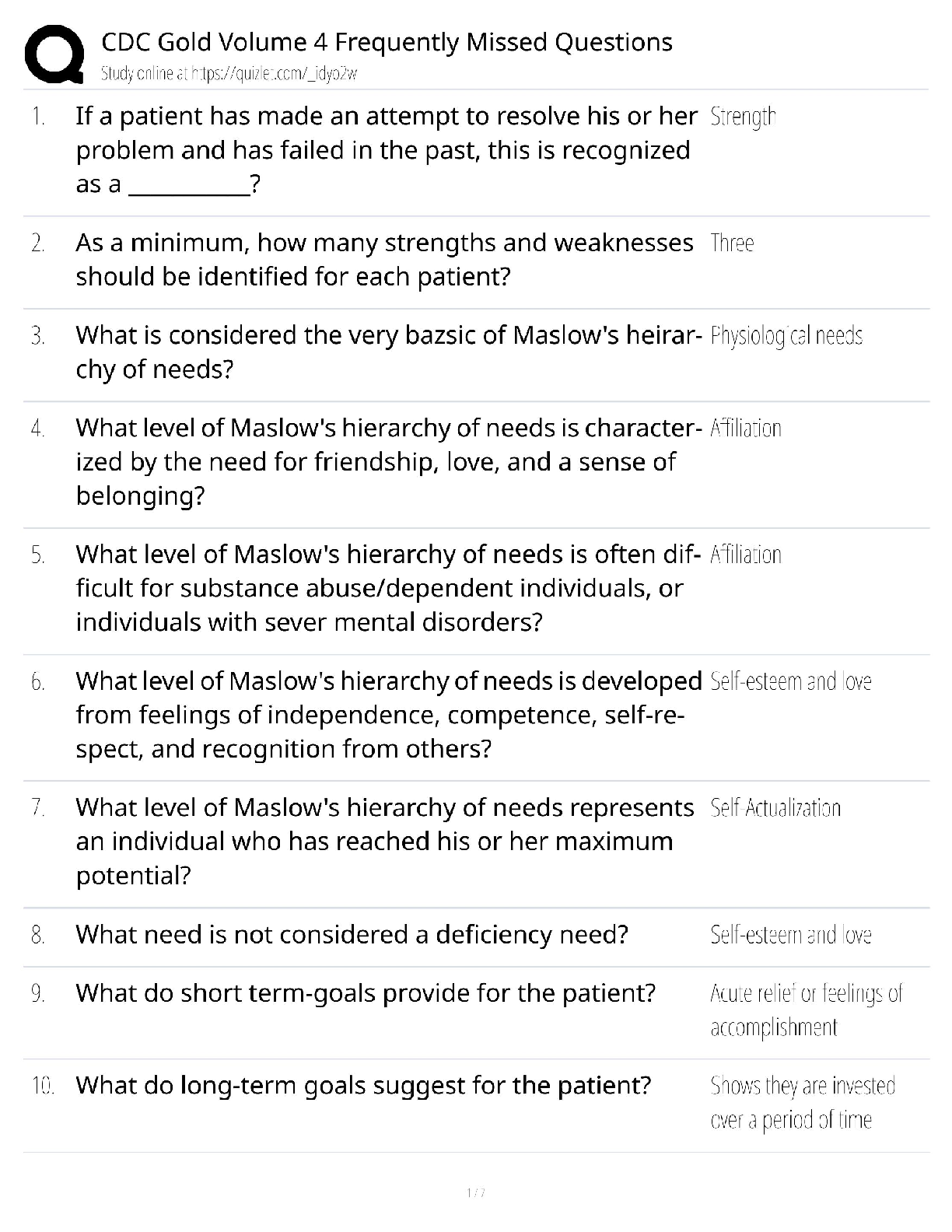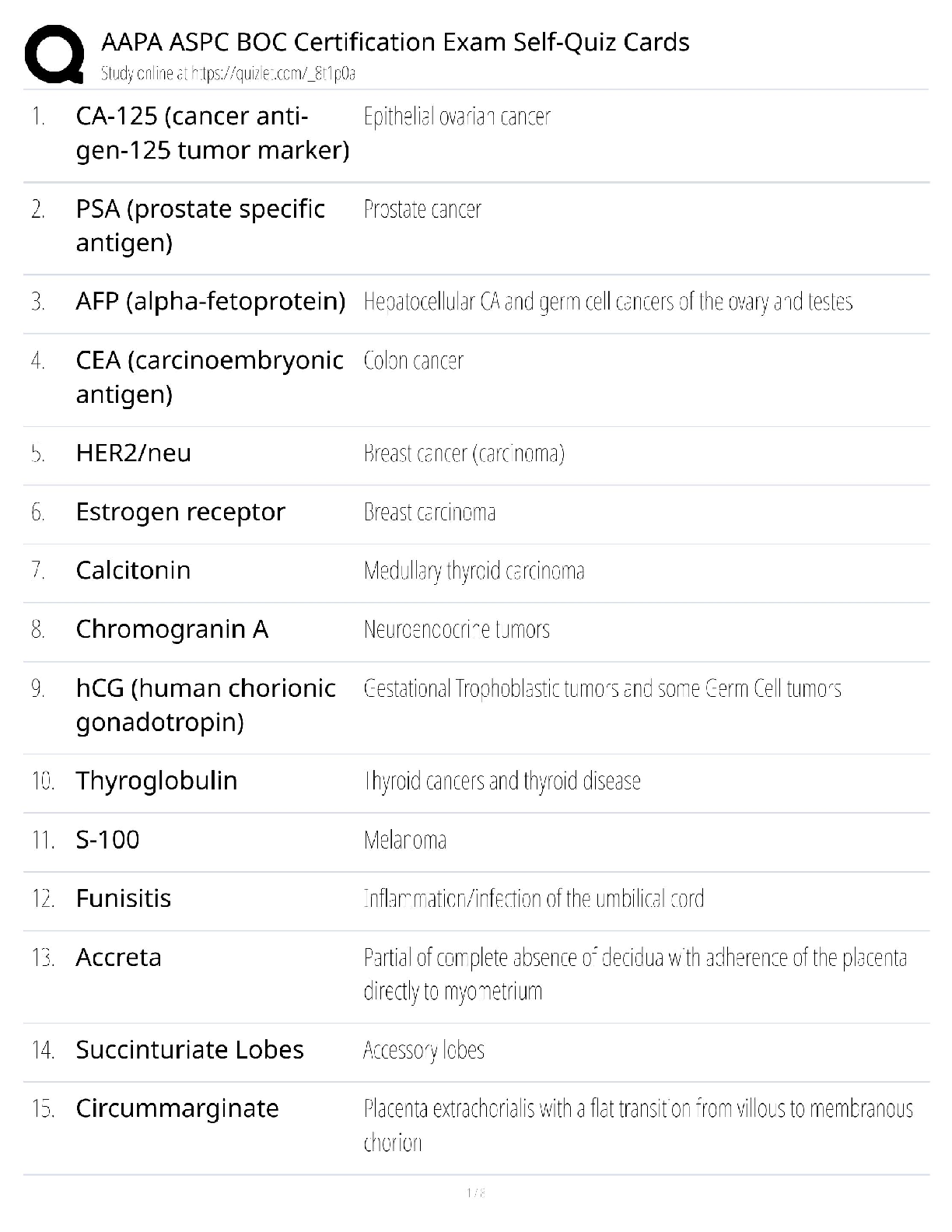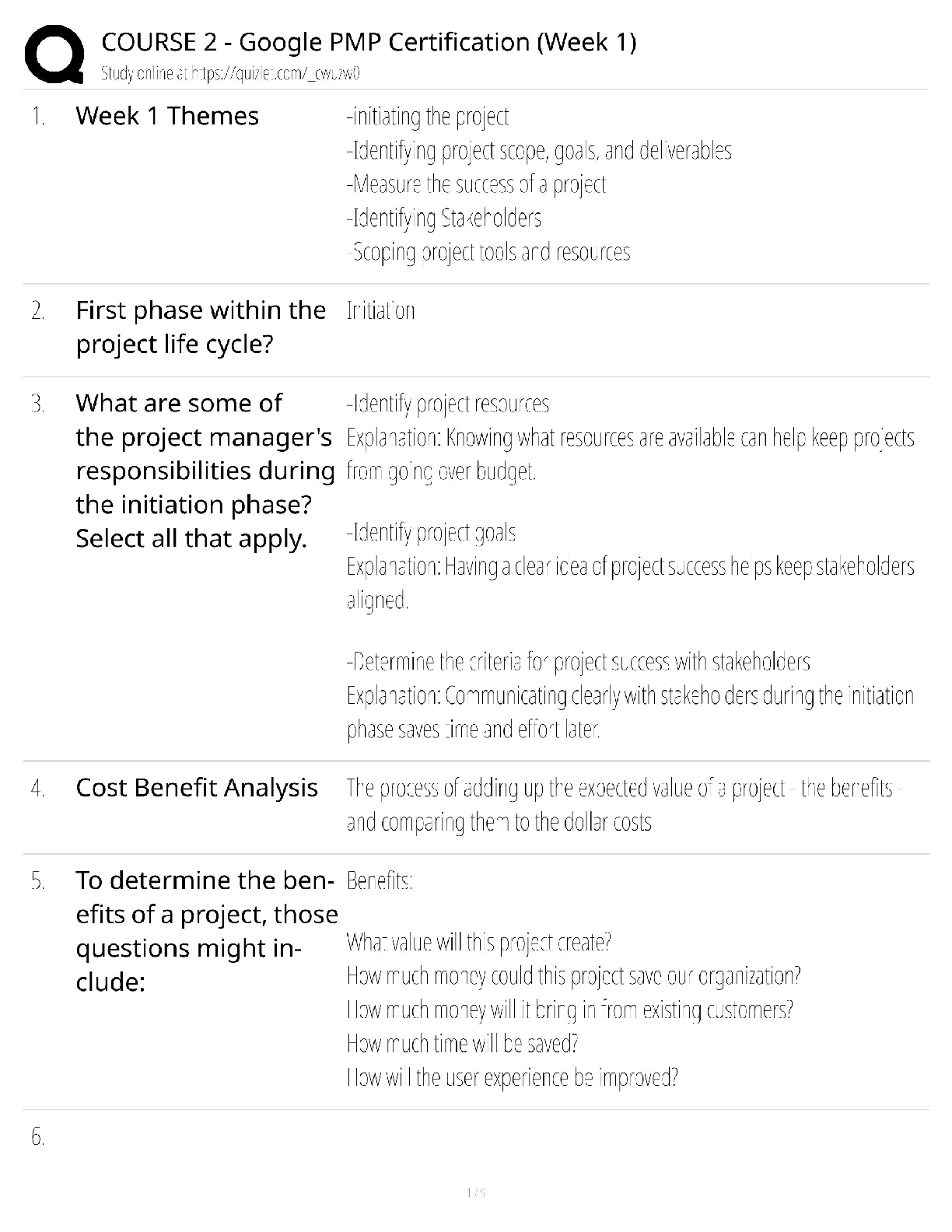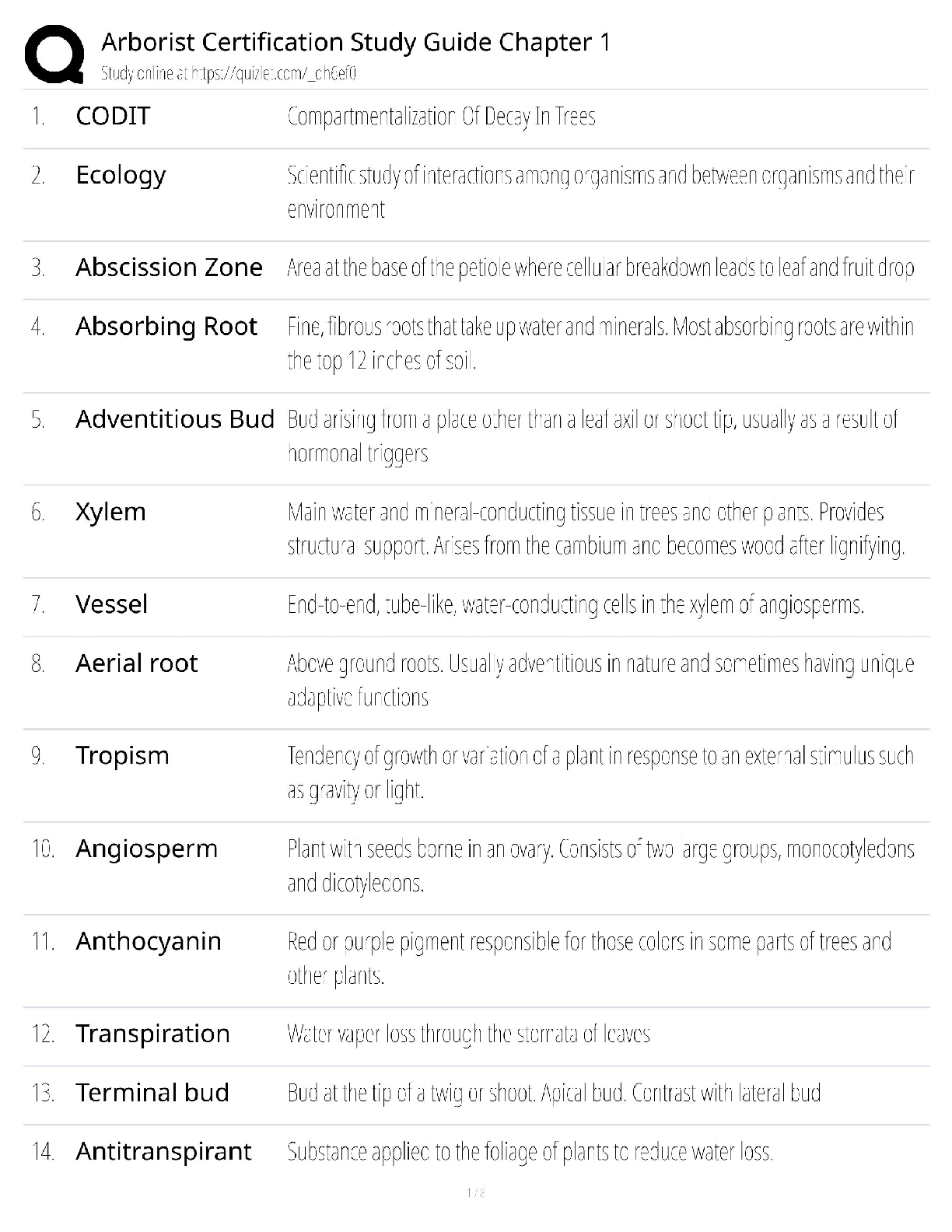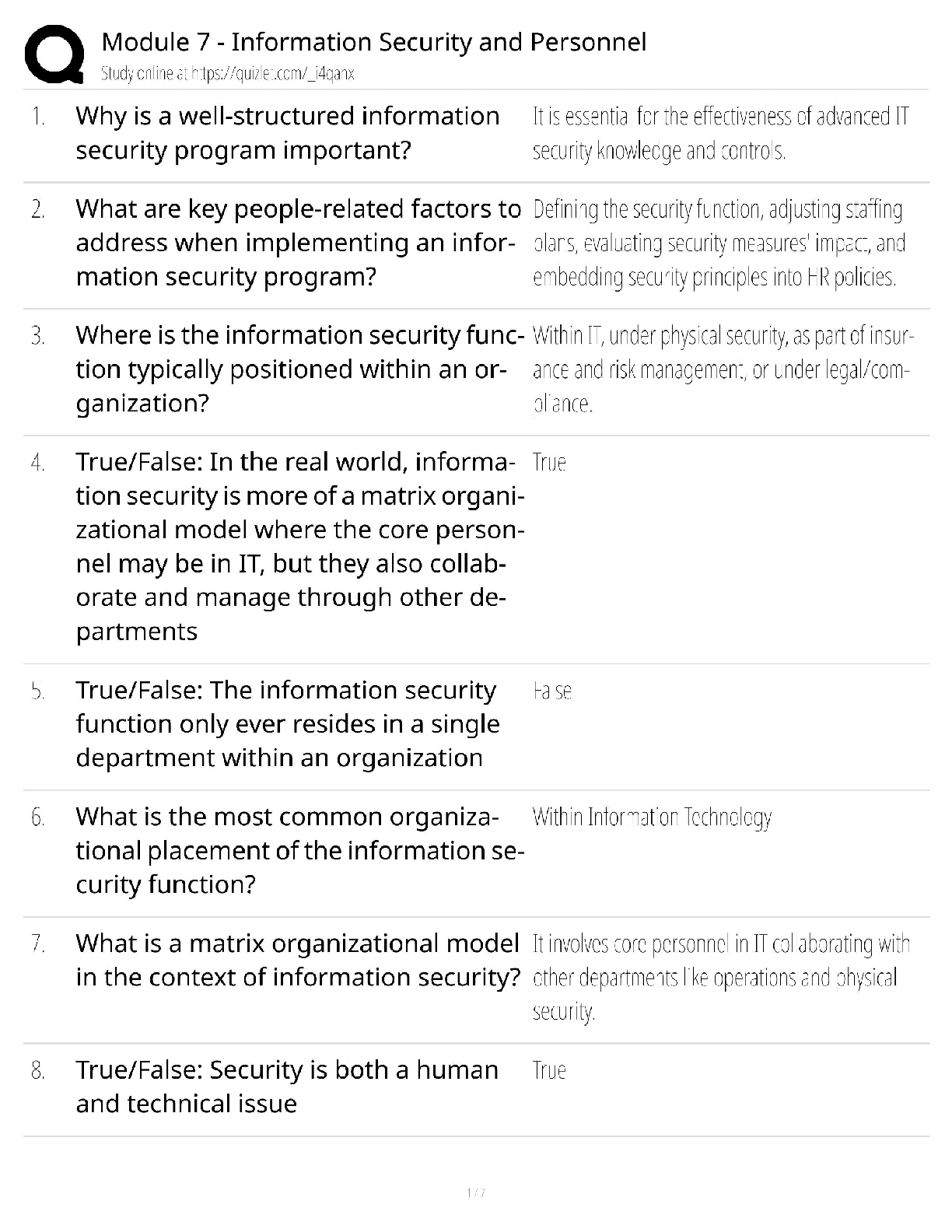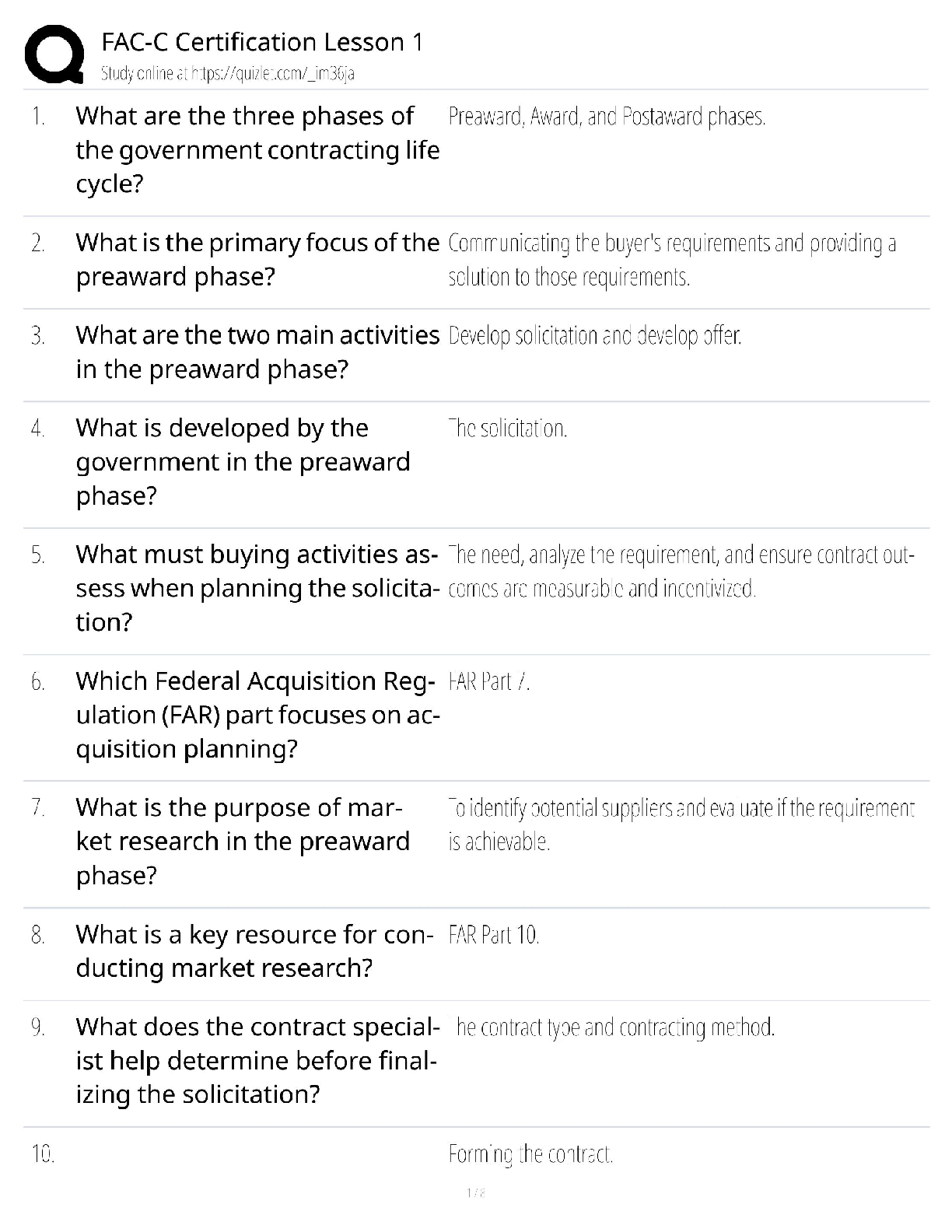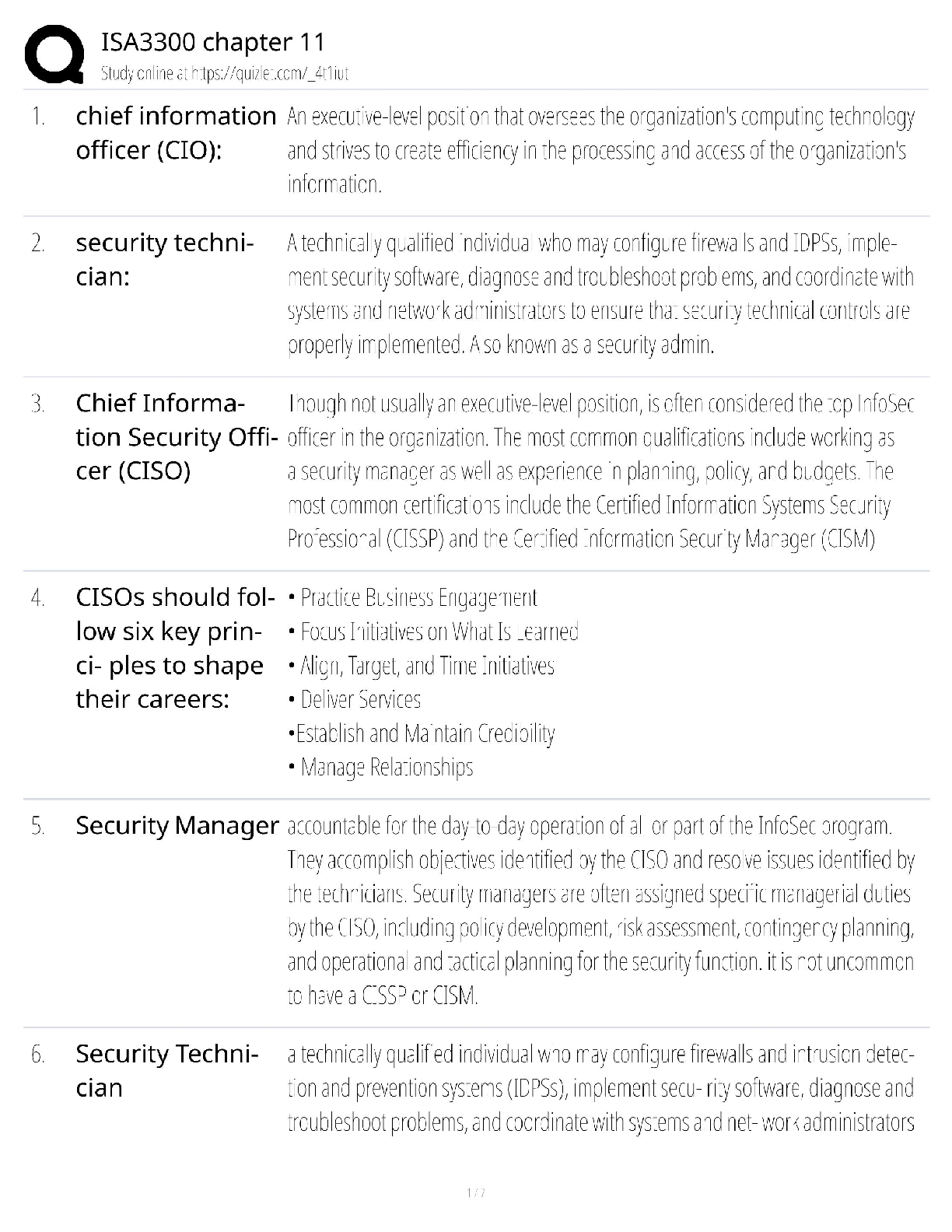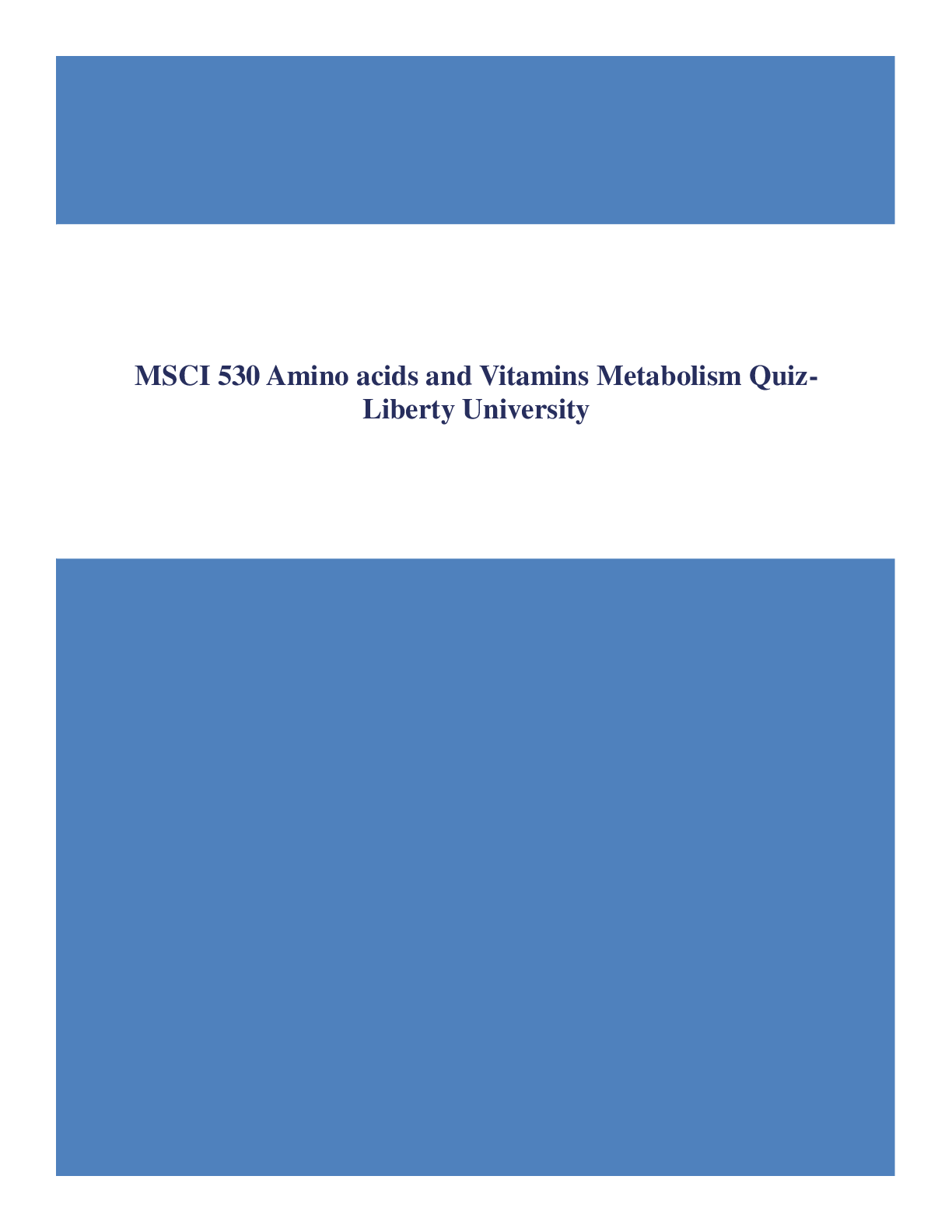
MSCI 530 Amino acids and Vitamins Metabolism Quiz- Liberty University
$ 8.5
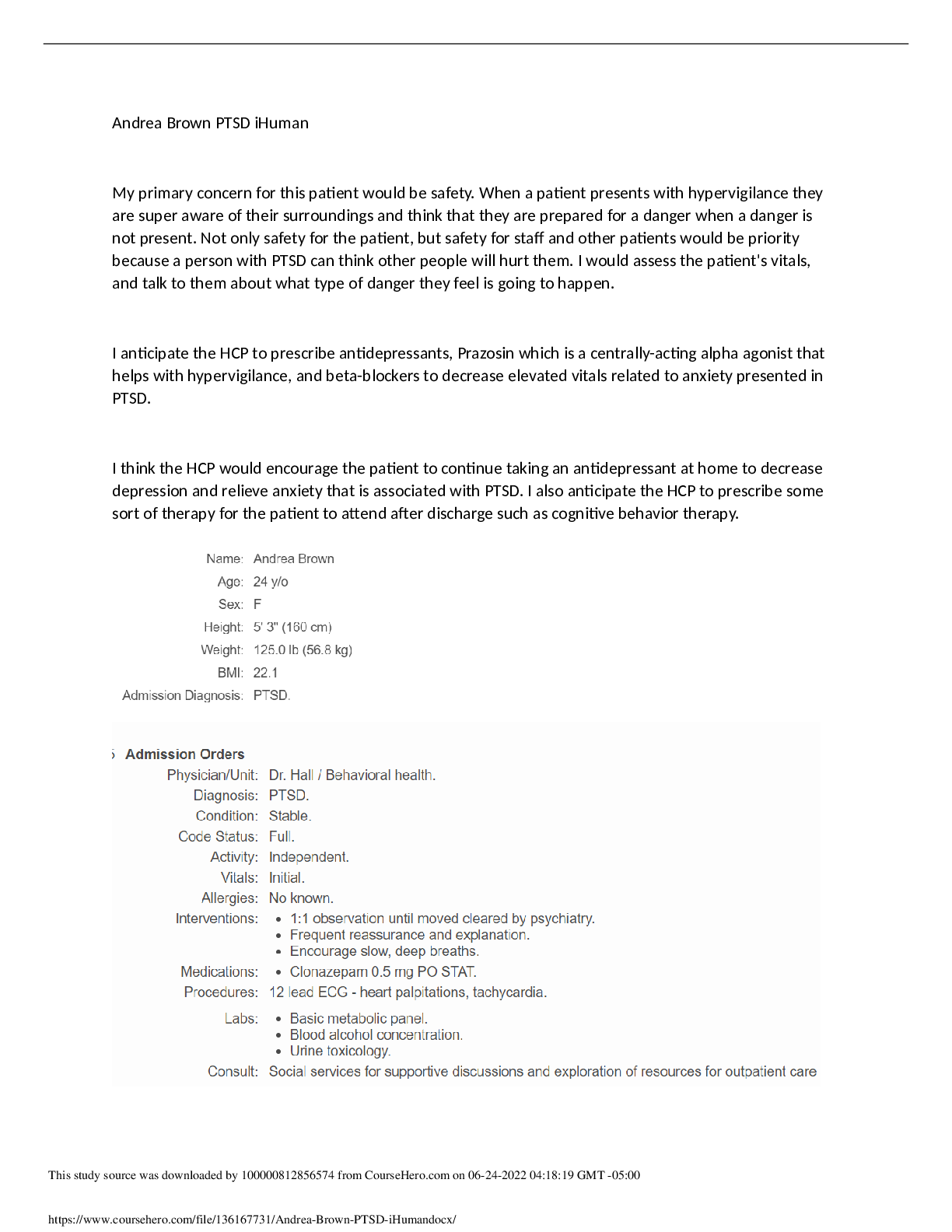
Andrea Brown PTSD iHuman
$ 7
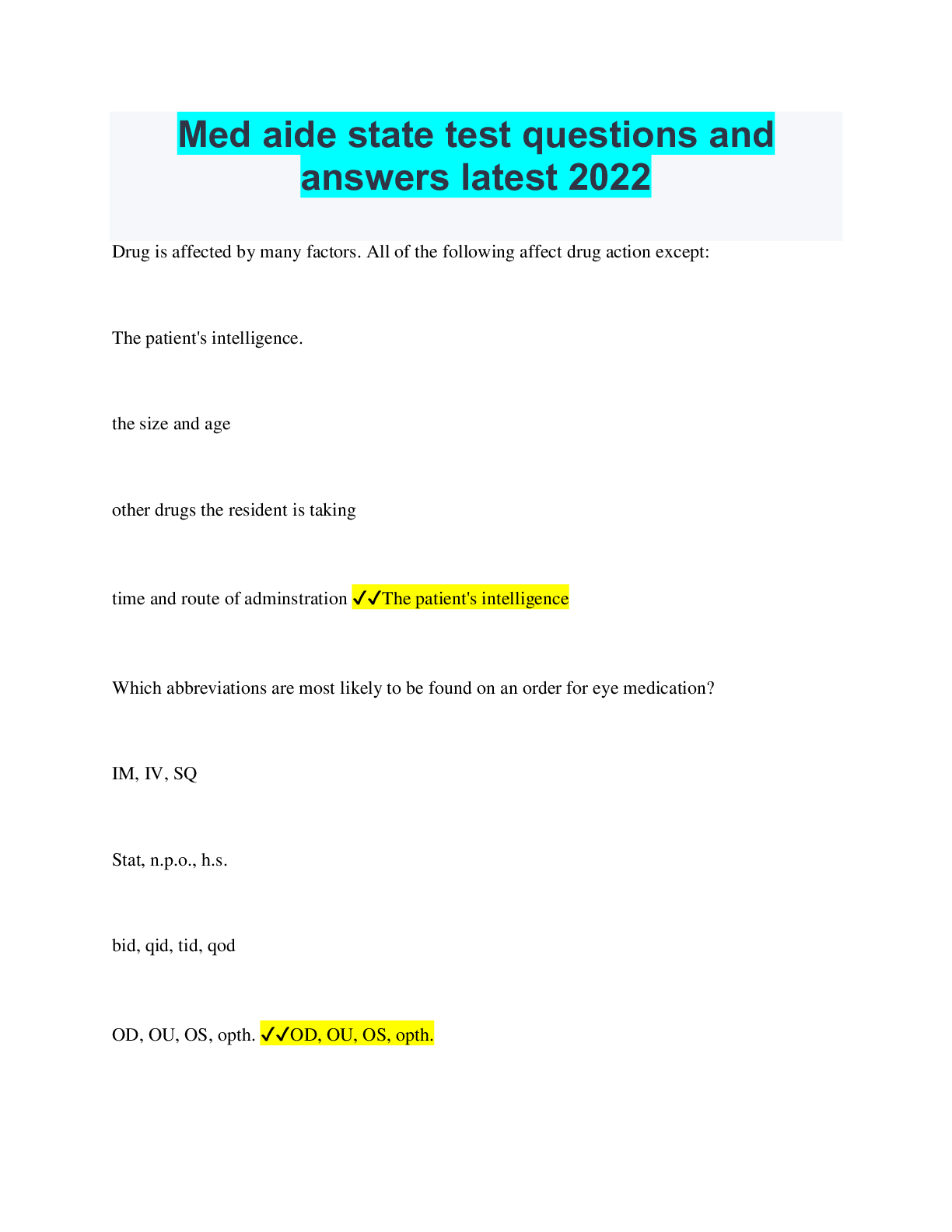
Med aide state test questions and answers latest 2022
$ 9
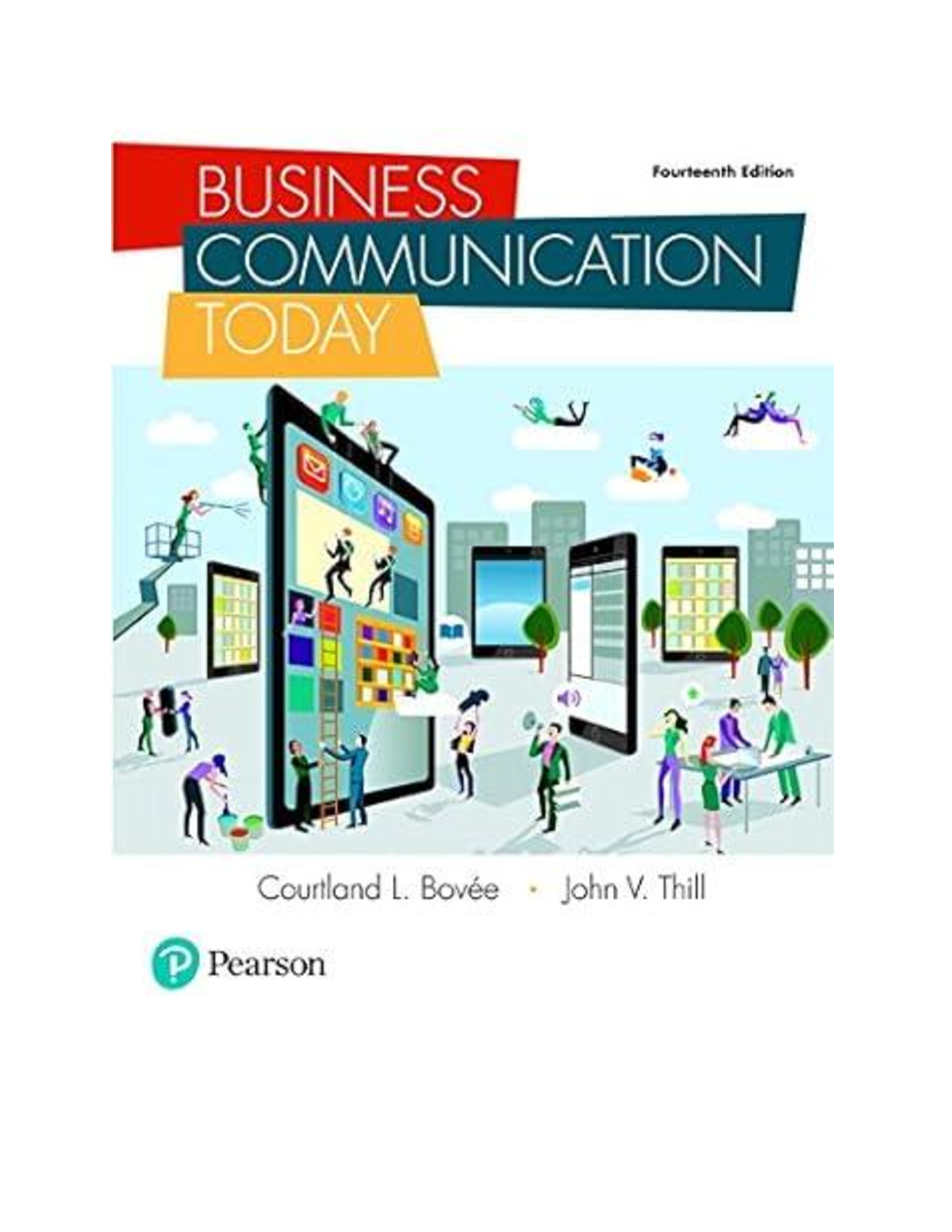
[eBook][PDF] Business communication today, 14th Global Edition By Bovée, Courtland L._ Thill, John V
$ 35
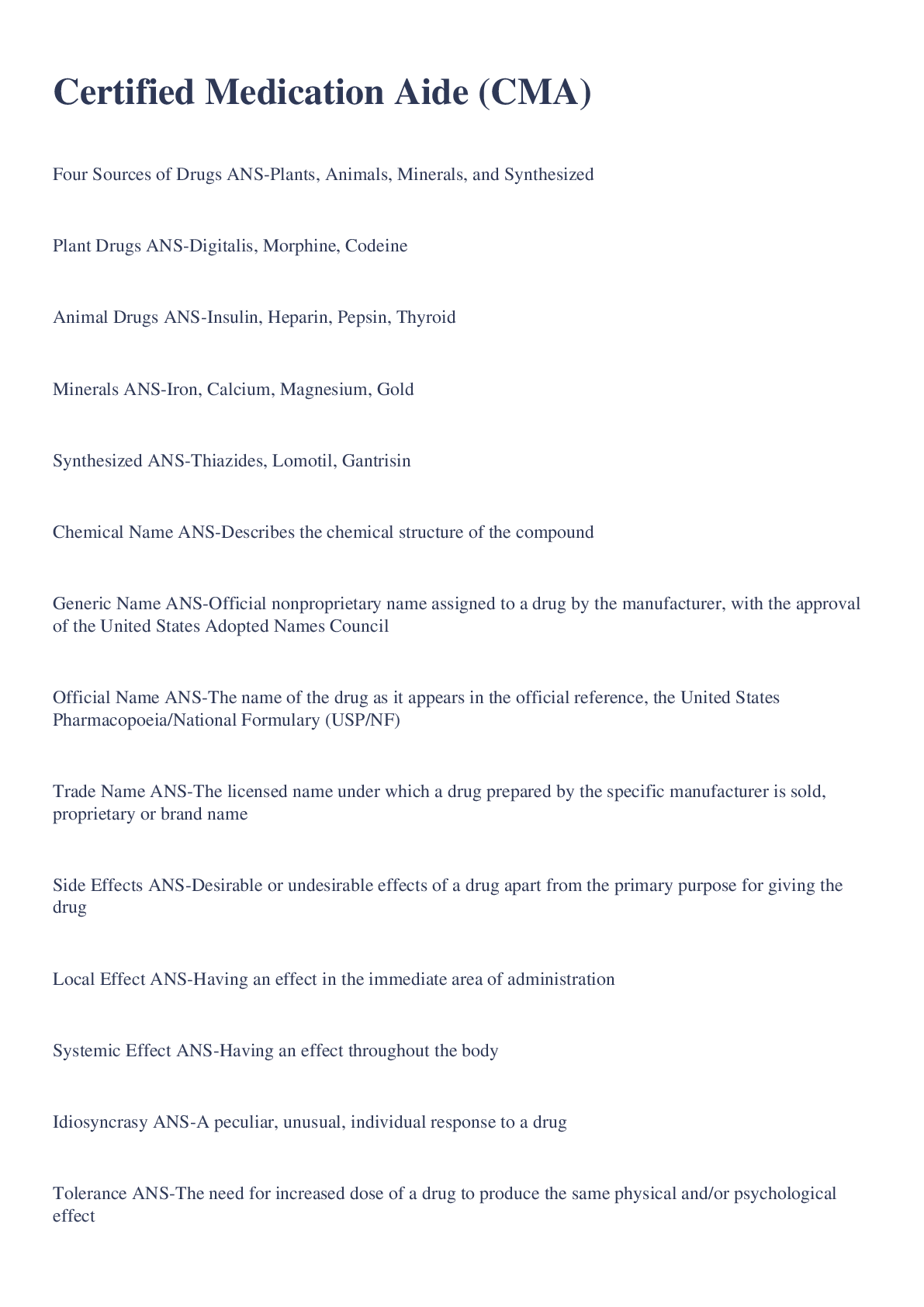
Certified Medication Aide (CMA) Test Bank
$ 10.5
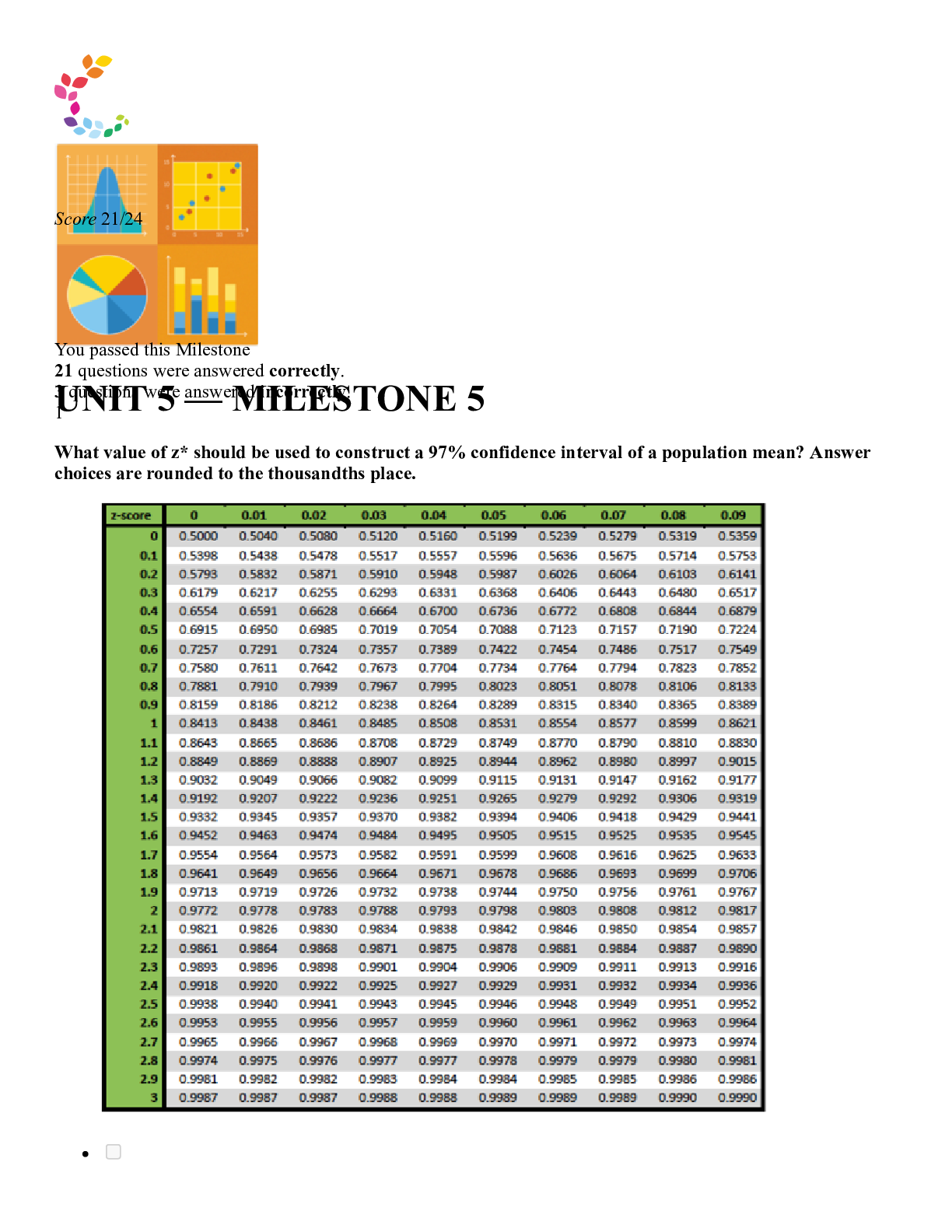
Sophia Intro To Statistics Unit 5 Milestone 5 Complete 2023
$ 14

Statistics Unit 5 Milestone
$ 8

BioChemistry Test Bank (All 23 chapters complete, Questions and Verified Answers
$ 12
.png)
HESI A2 BIOLOGY
$ 20
.png)
Summary Med-surg ATI practice A& B Remediation; Latest complete guide. latest 2022
$ 9.5

Azure Administrator (AZ-104) Questions and Answers
$ 7

MATH 110 All Exams STATISTICS- Portage Learning
$ 10
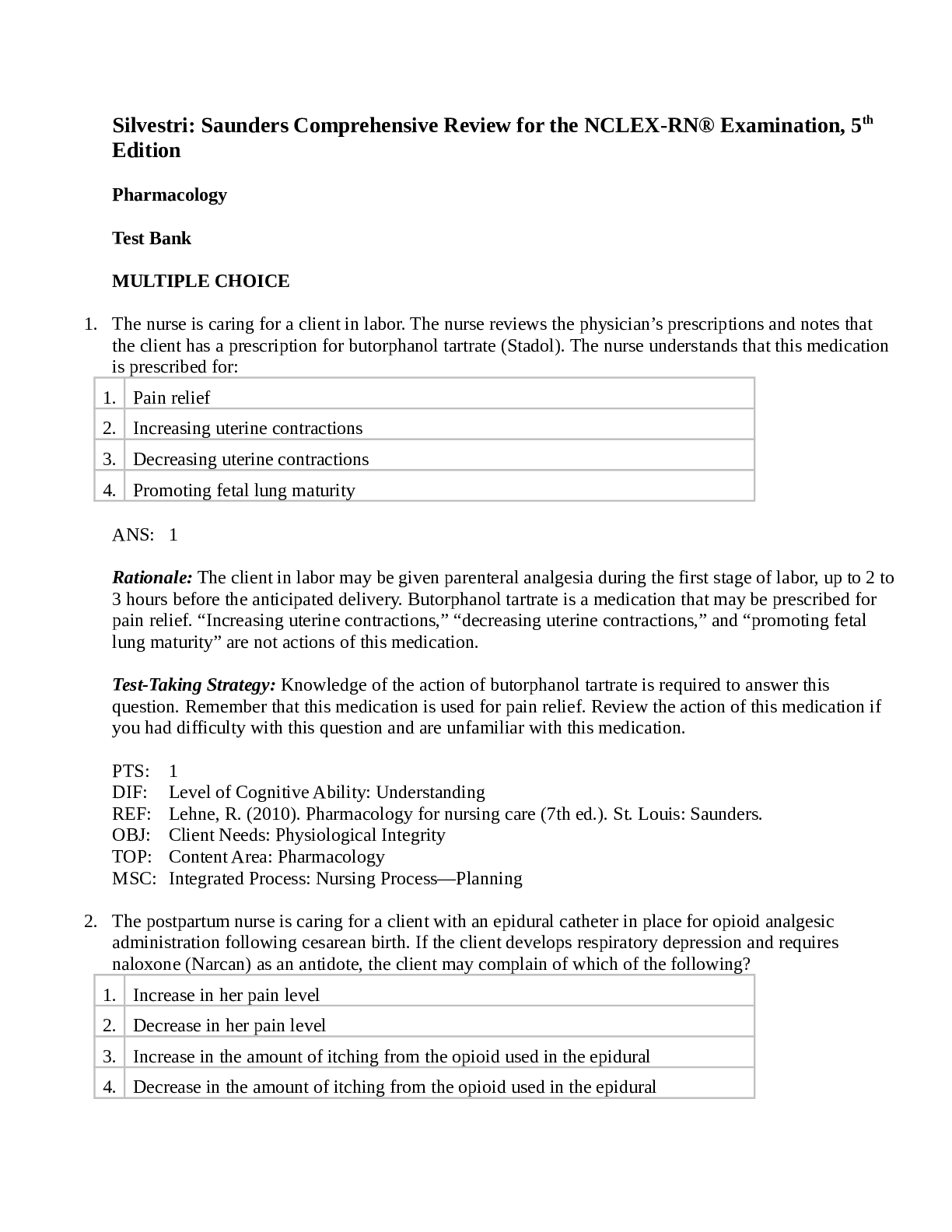
Silvestri: Saunders Comprehensive Review for the NCLEX-RN® Examination, 5th Edition
$ 12
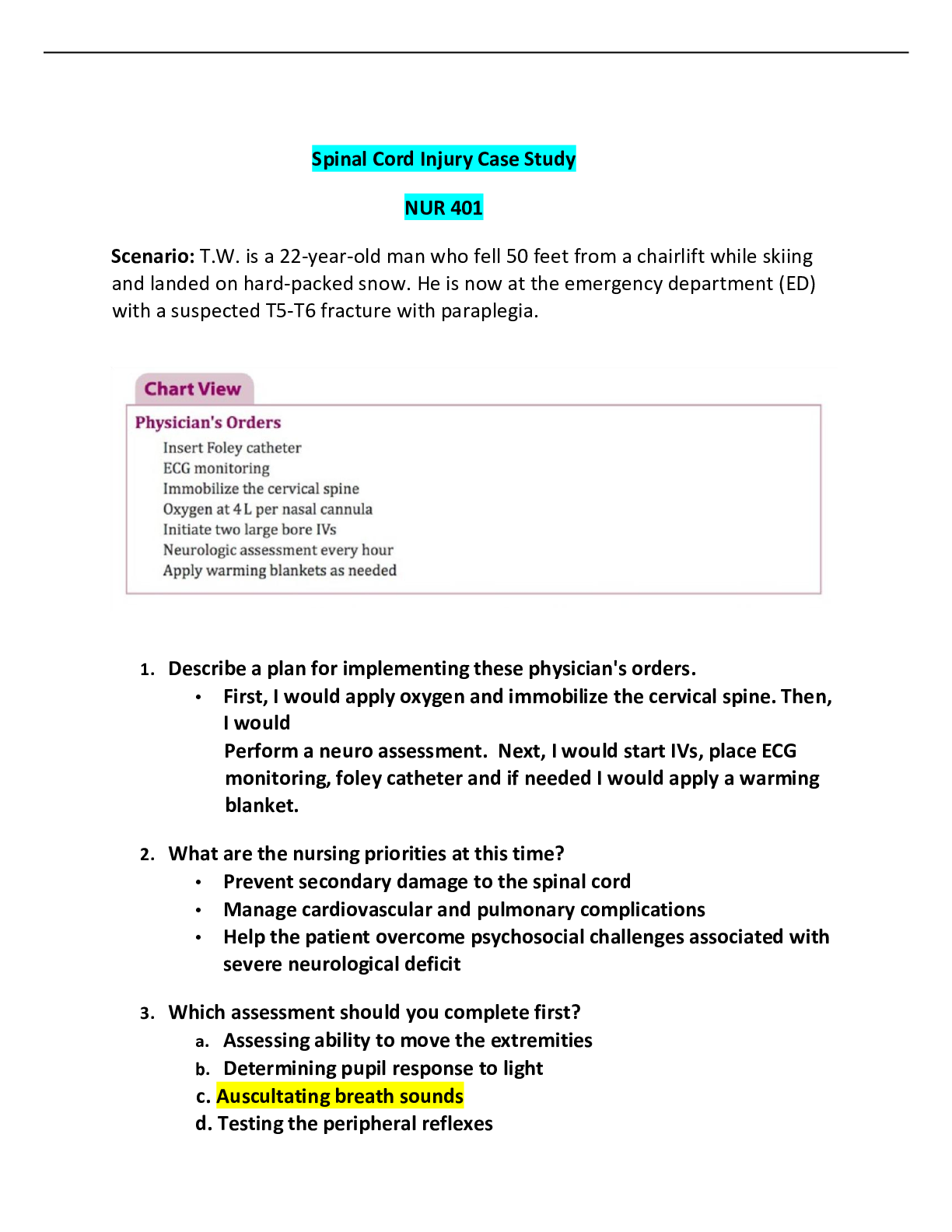
Spinal Cord Injury Case Study
$ 6
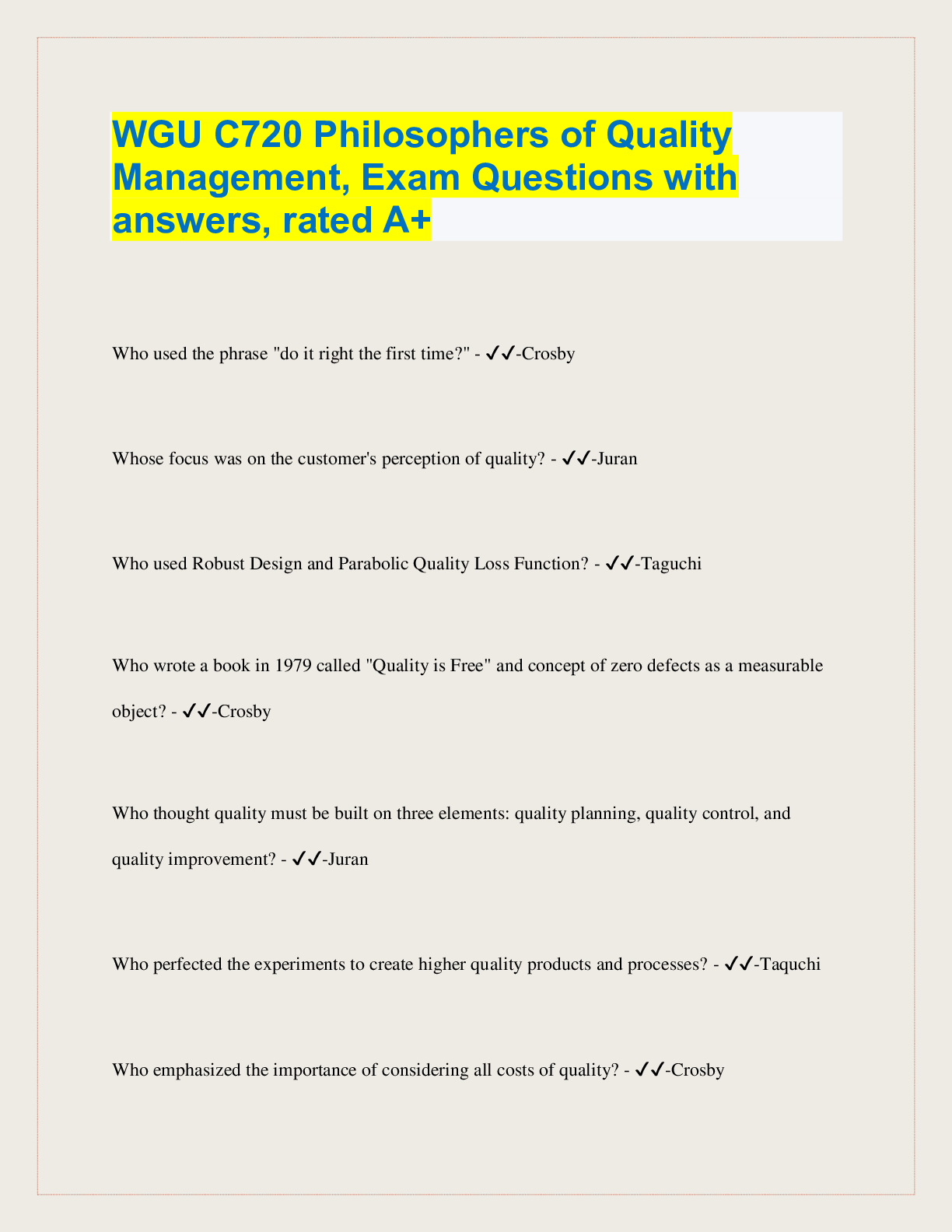
WGU C720 Philosophers of Quality Management, Exam Questions with answers, rated A+
$ 4

Teas 6 Science Questions 2020
$ 9.5

Edgewater High SCIENCE 101Mouse Genetics-1.
$ 6

Servsafe Practice Test (50 questions) WITH COMPLETE SOLUTIONS
$ 7
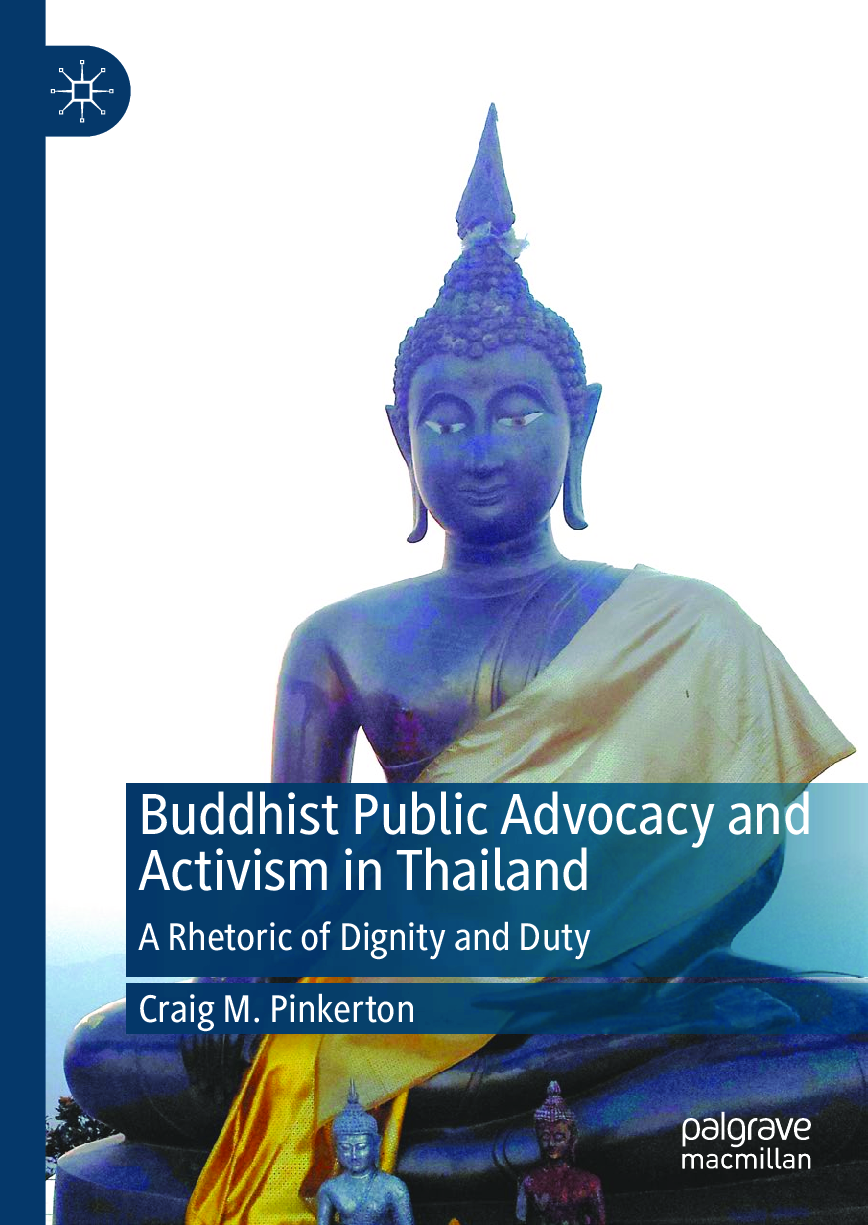
ebook [PDF] Buddhist Public Advocacy and Activism in Thailand A Rhetoric of Dignity and Duty 1st Edition By Craig M. Pinkerton
$ 29
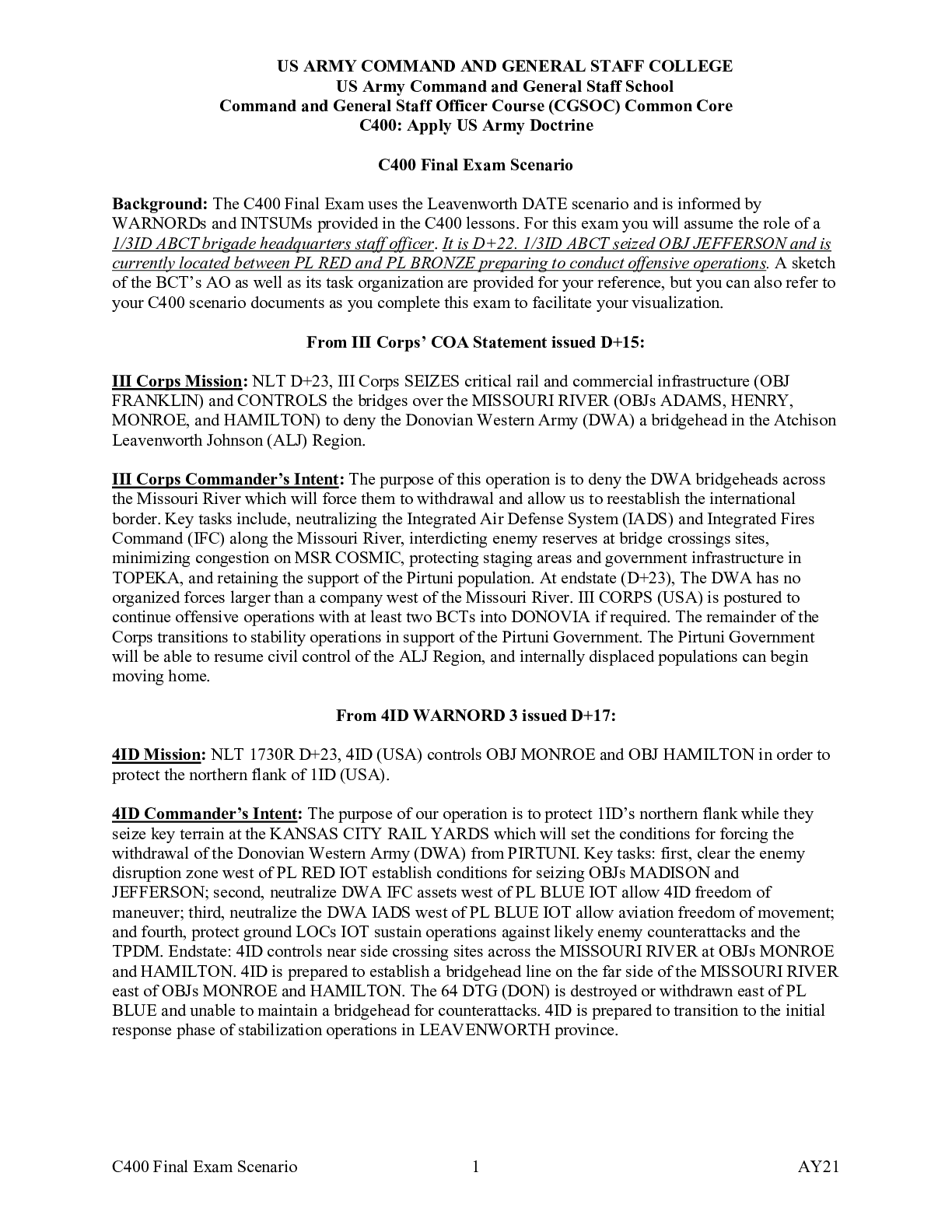
CASE STUDY Anne Mulcahy Xerox
$ 7
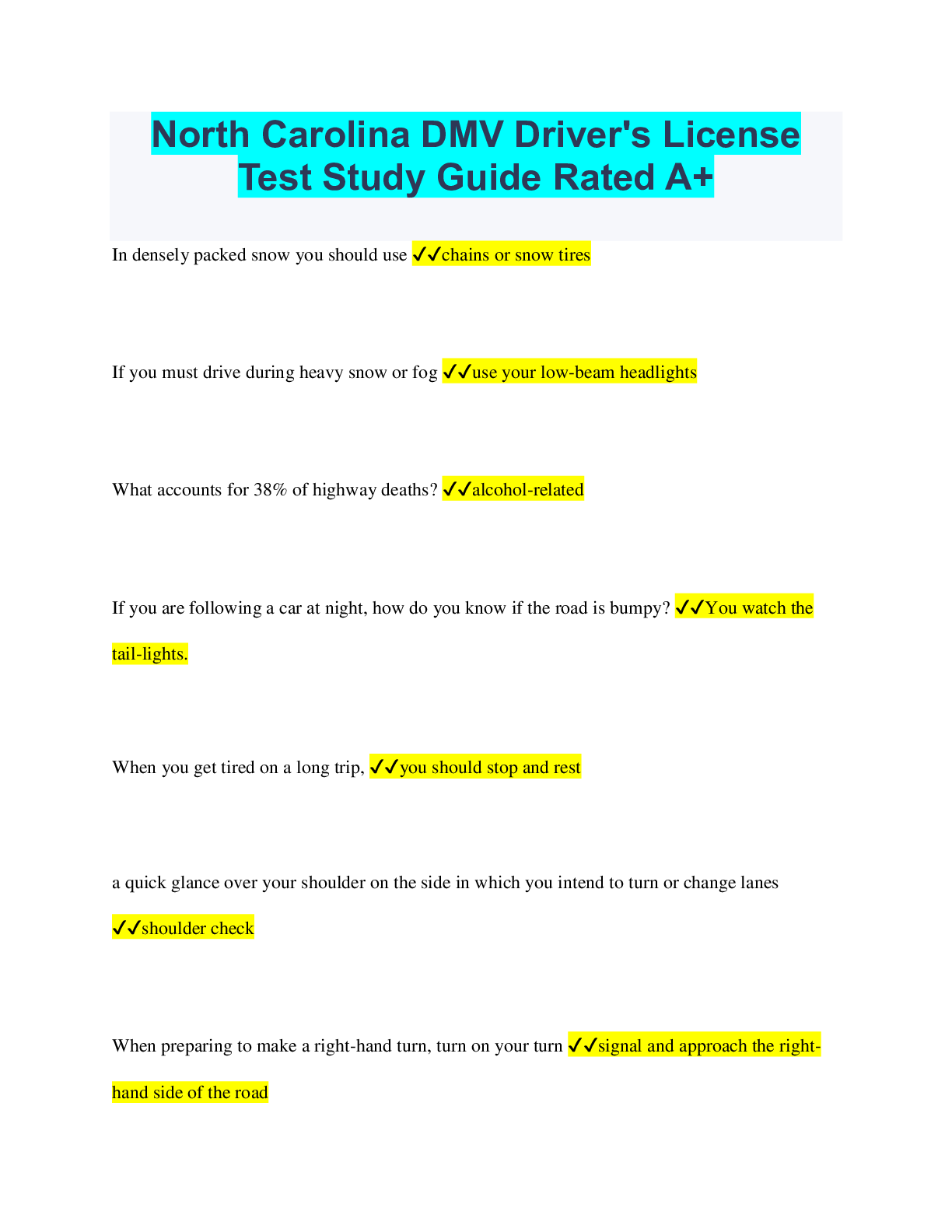
North Carolina DMV Driver's License Test Study Guide Rated A+
$ 10

NURS 3325- MODULE QUIZ 1
$ 6

CON 2370 – Simplified Acquisition Procedures | Comprehensive Study Guide
$ 18
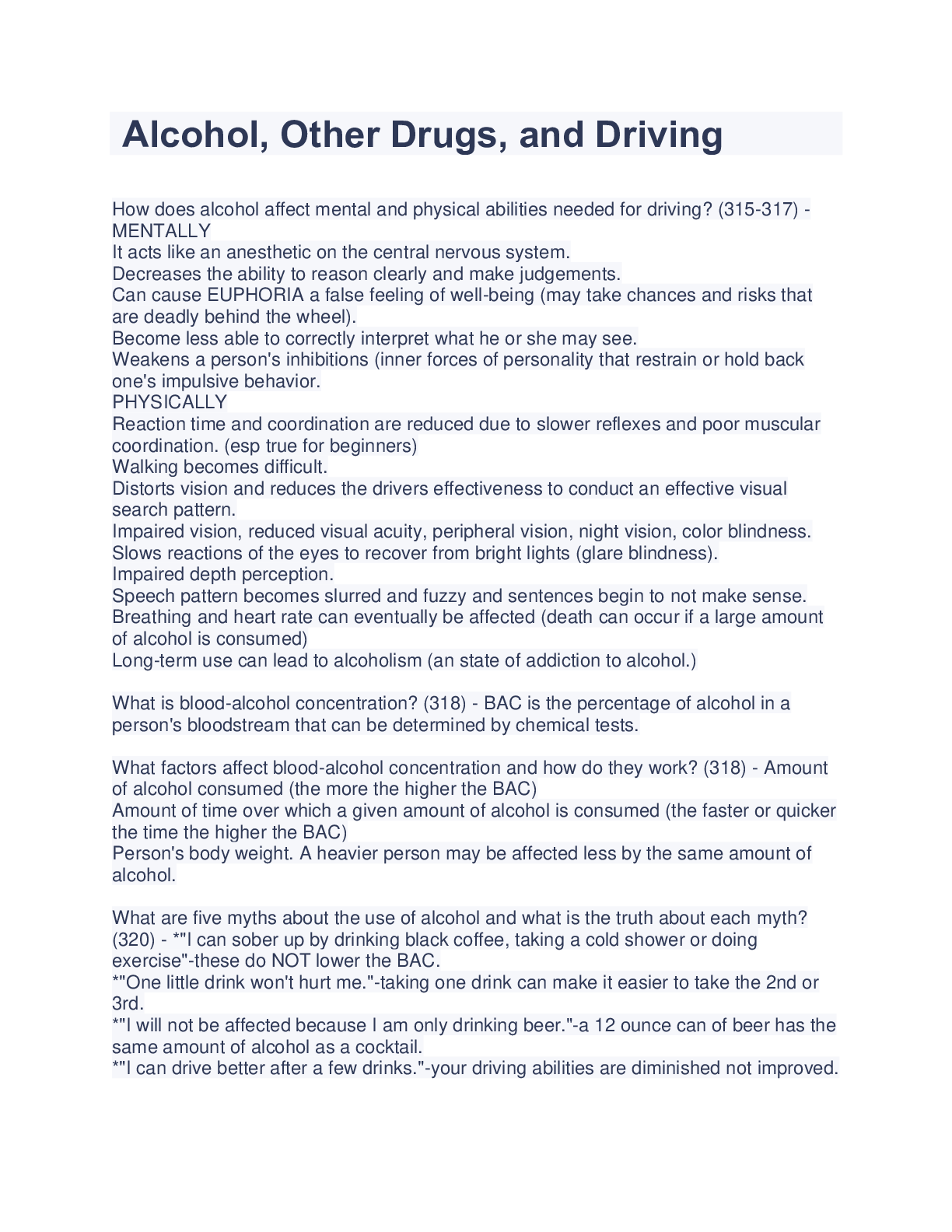
Alcohol, Other Drugs, and Driving Complete Study Guide
$ 4

Biochem c785 wgu module 4 all questions answered
$ 8
.png)
NR 360 Week 8 Discussion, Team Presentation
$ 10
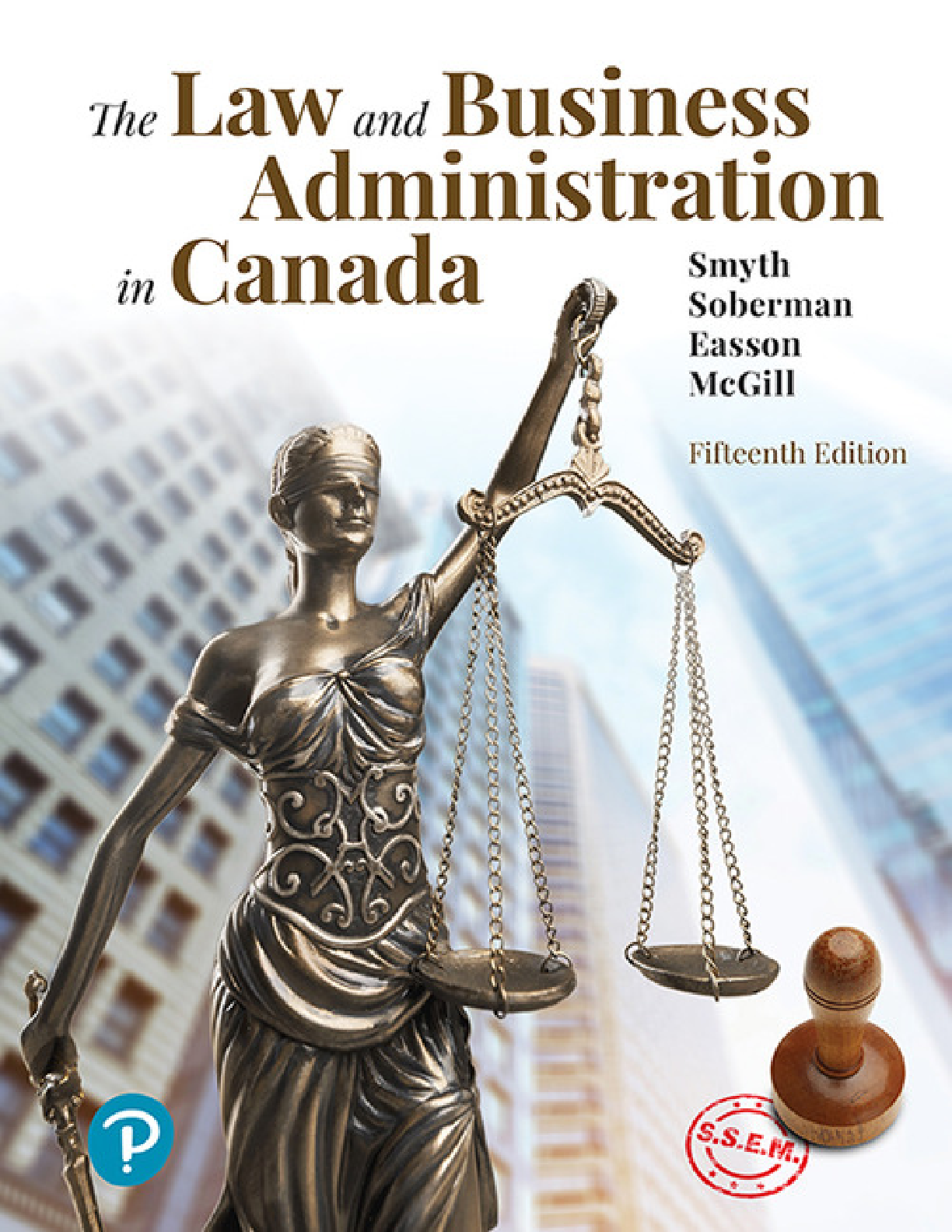
[eTextBook] (EPUB) [PDF] The Law and Business Administration in Canada, 15th Edition By Smyth, Soberman, Easson, McGill
$ 29
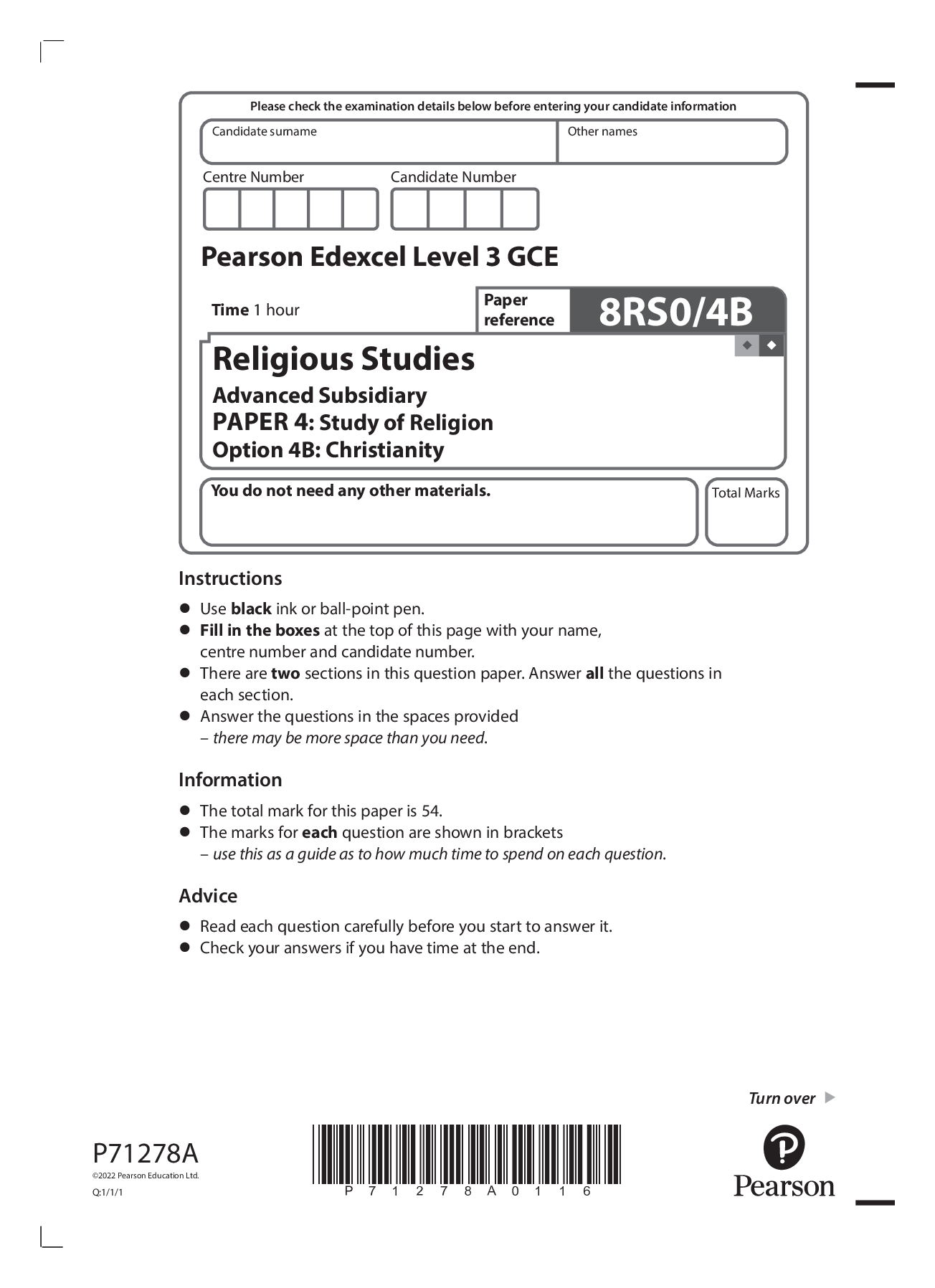
Pearson Edexcel Level 3 GCE Religious Studies Advanced Subsidiary PAPER 4: Study of Religion Option 4B: Christianity QUESTION PAPER 2022
$ 5
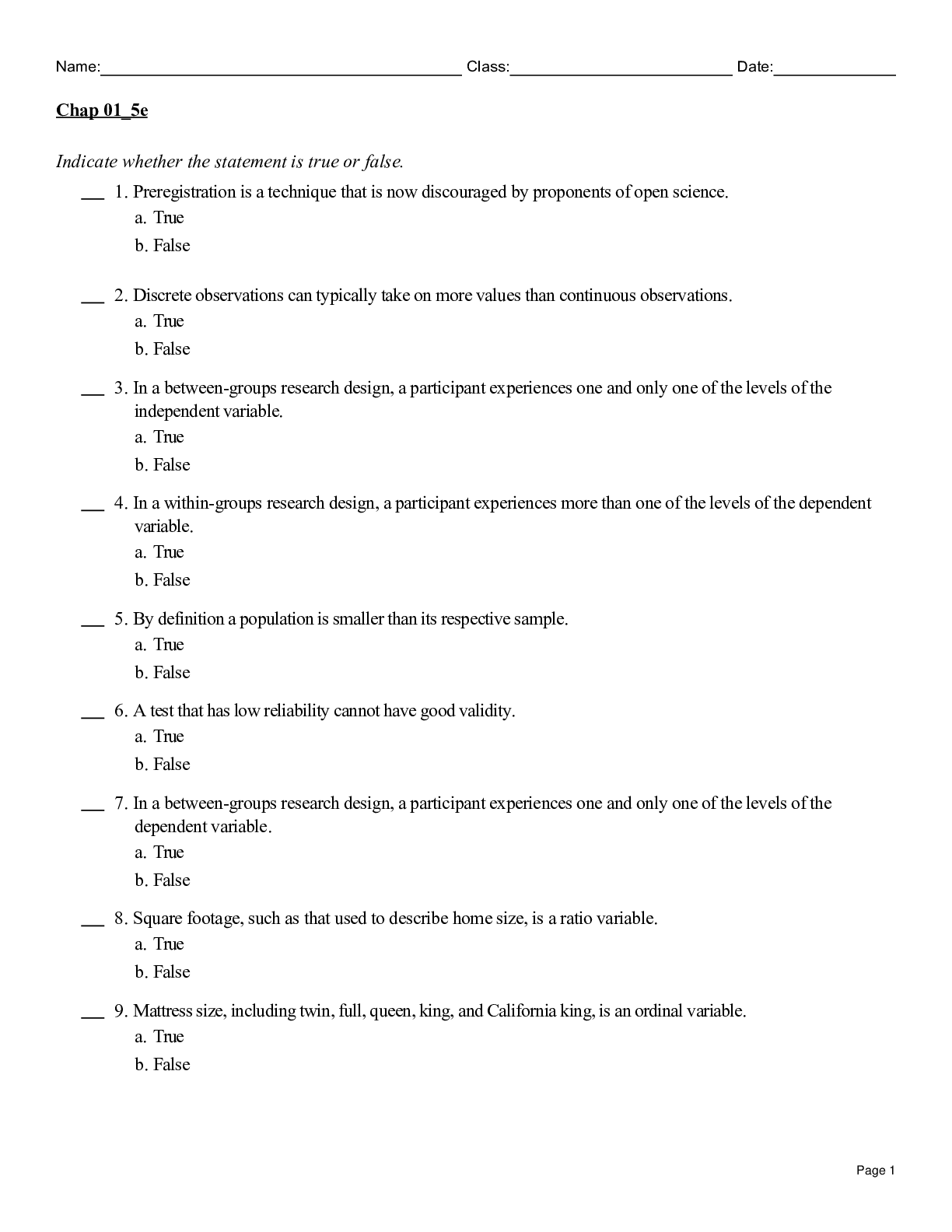
Test Bank for Essentials of Statistics for the Behavioral Sciences, 5th Edition, 5e by Susan A. Nolan, Thomas Heinzen ISBN-13: 9781319247195
$ 26

NR 602 Week 4 Pediatric Clinical Pearl Case Study Assignment
$ 12
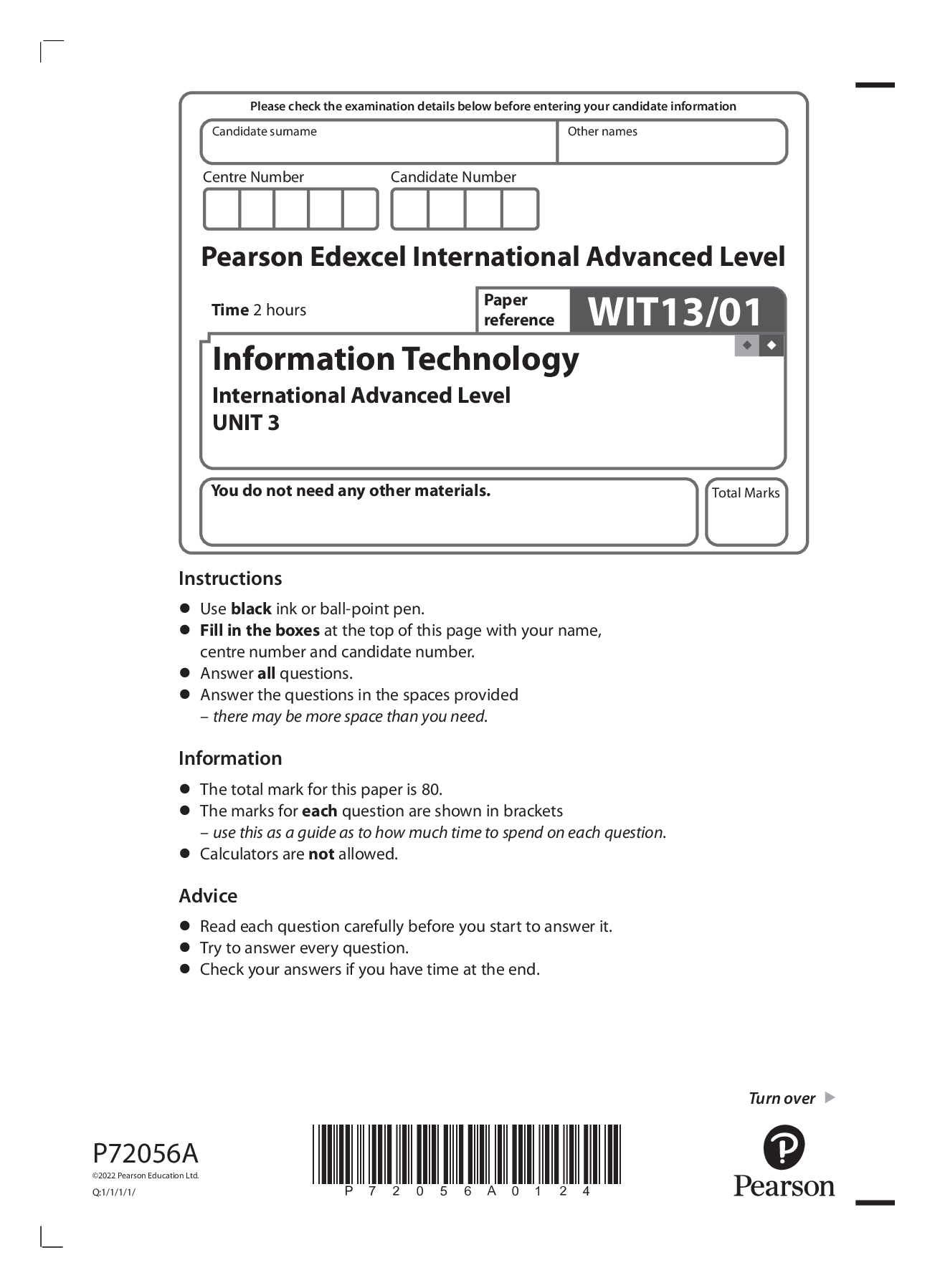
Pearson Edexcel IAL WIT13/01 A Level Information Technology International Advanced Level UNIT 3. QP June 2022
$ 4
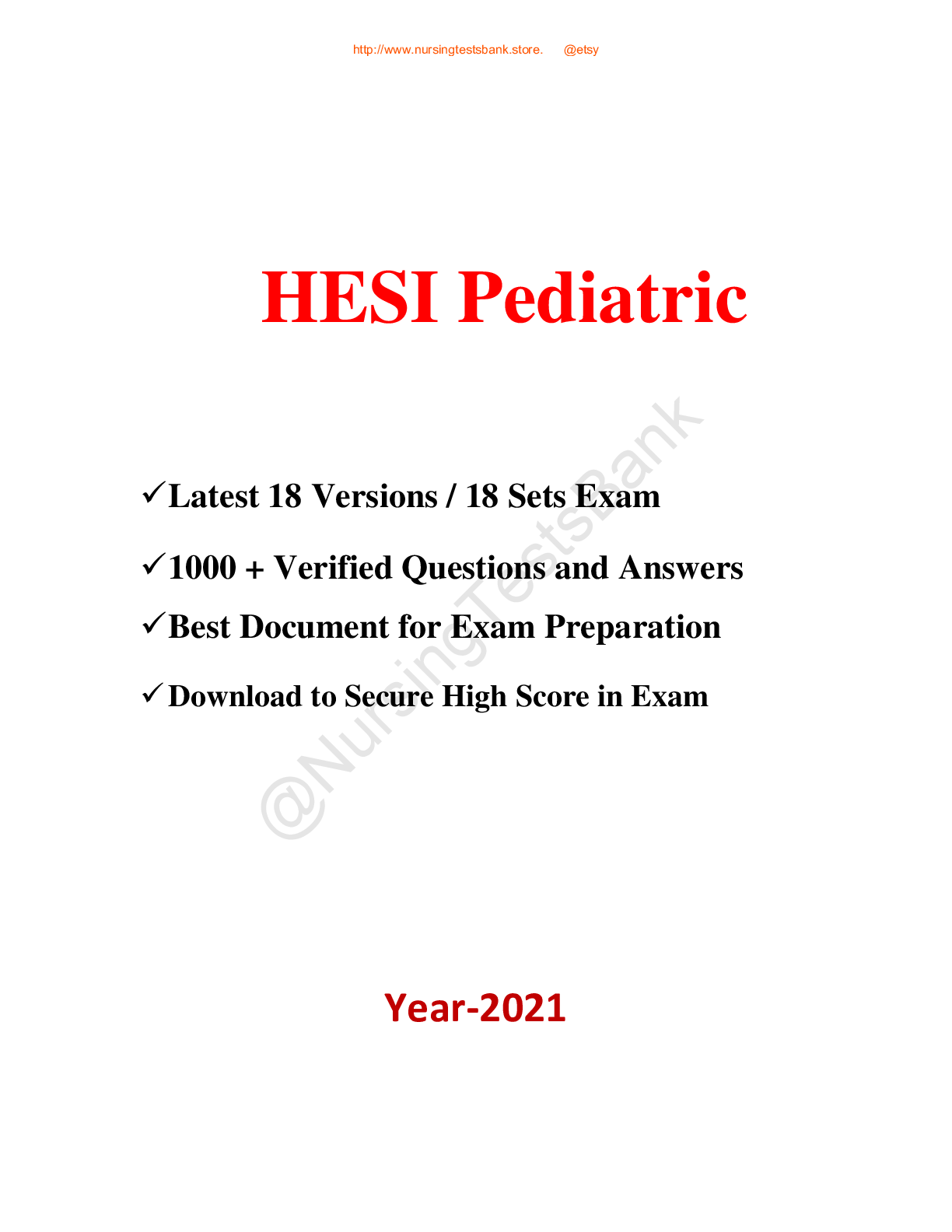
HESI Pediatric Latest 18 Versions /18 Sets Exam 1000 + Verified Questions and Answers
$ 35

MENTAL HEALTH B
$ 8

Pearson Edexcel Level 3 GCE Religious Studies Advanced Subsidiary PAPER 4: Study of Religion Option 4A: Buddhism QUESTION PAPER 2022
$ 5
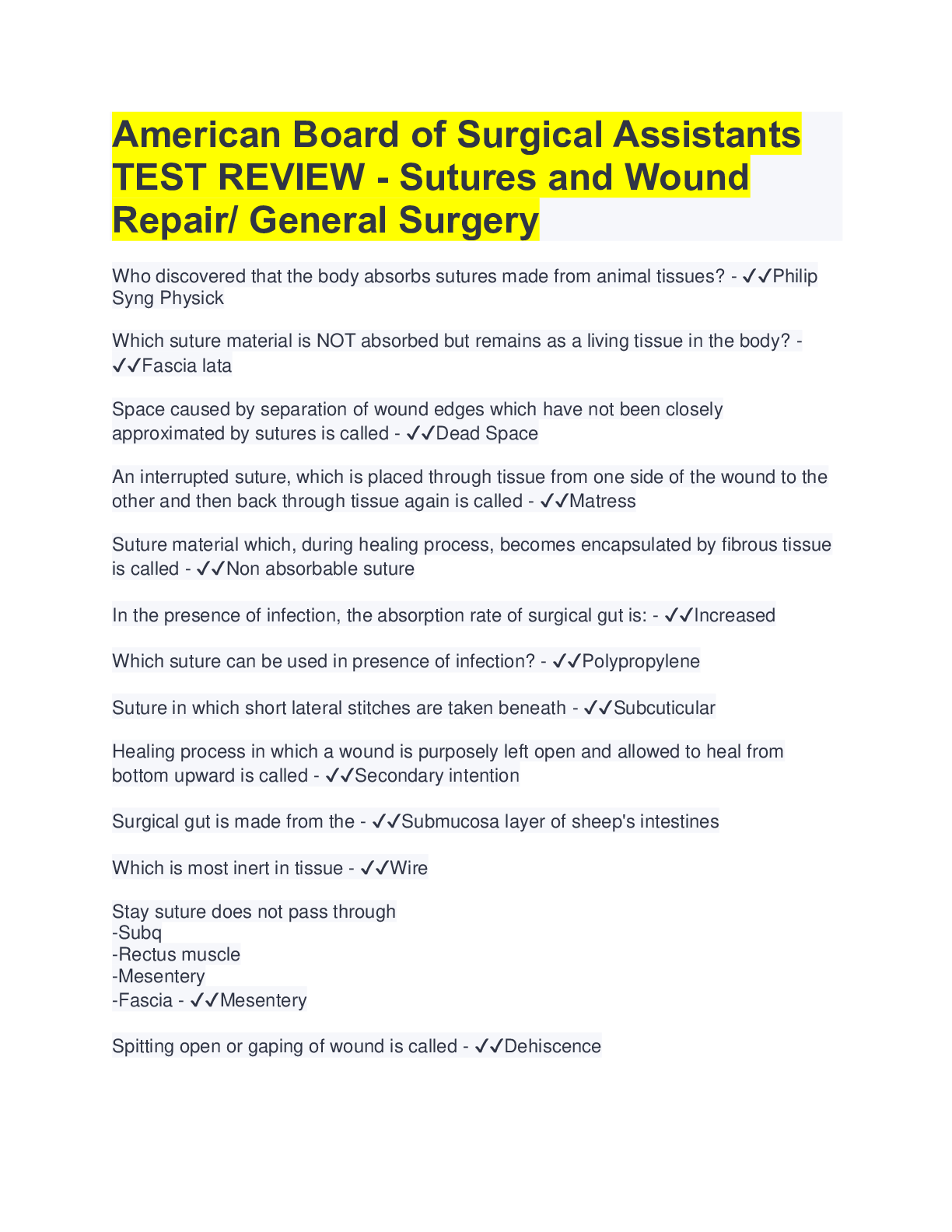
American Board of Surgical Assistants TEST REVIEW - Sutures and Wound Repair/ General Surgery
$ 10
.png)
WOMENS HEALTH
$ 14.5
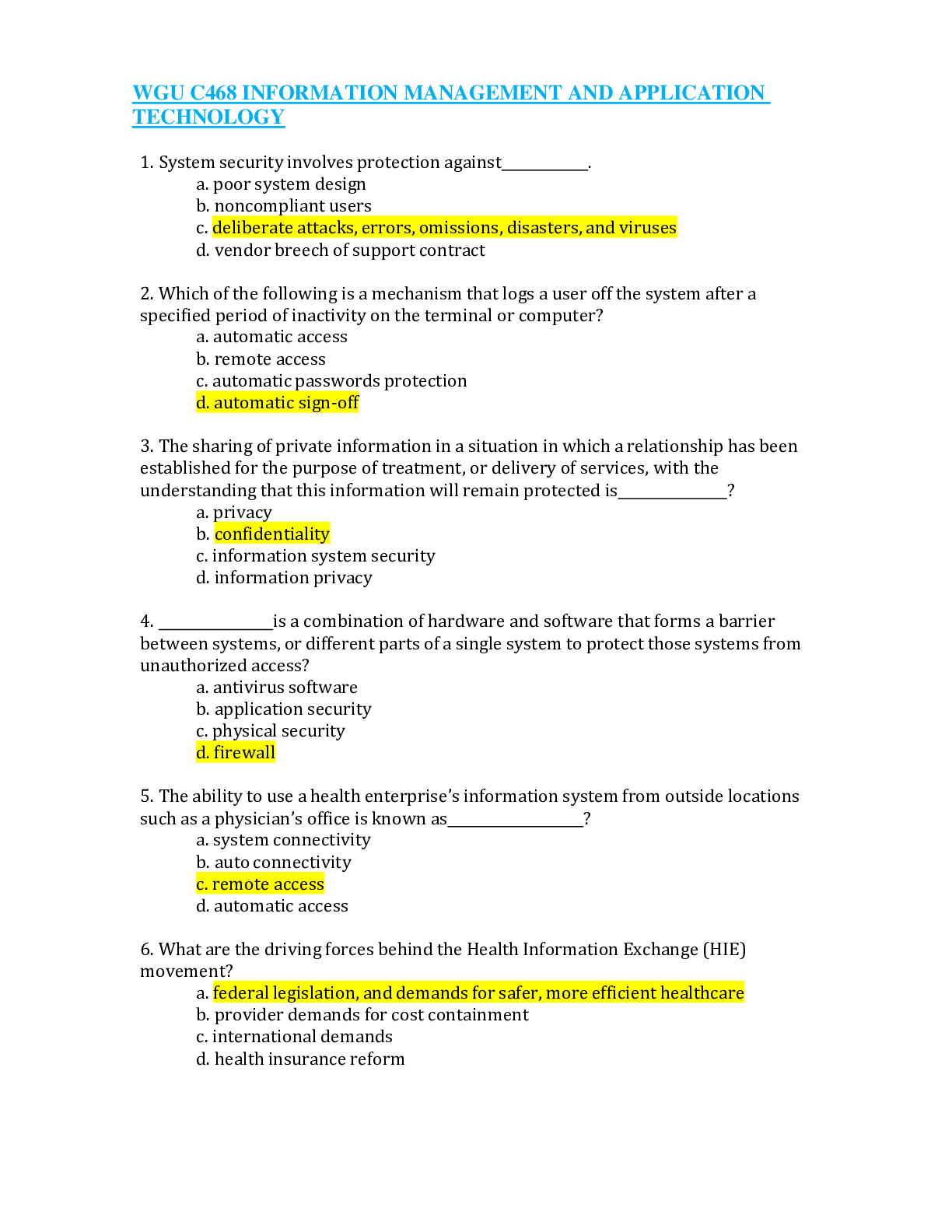
WGU C468 INFORMATION MANAGEMWNT AND APPLICATION TECHNOLOGY
$ 13.5

Test Bank for Biochemistry 10th Edition by Berg,Gregory Gatto Jr,Justin Hines,John Tymoczko & Lubert Stryer. All 32 Chapters Included
$ 36
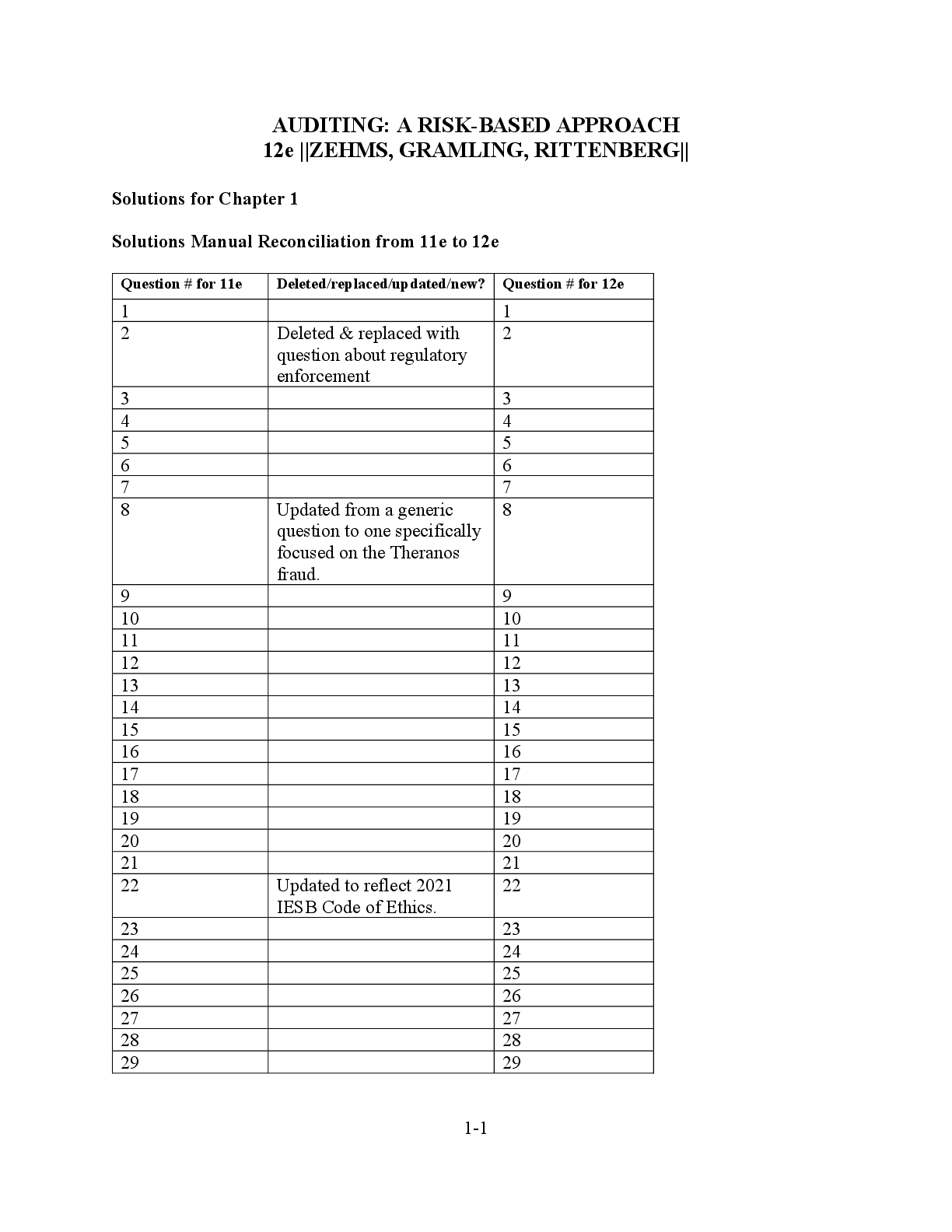
Solutions Manual for Auditing, A Risk Based Approach to Conducting
$ 15

CLC 046 - DoD Sustainable Procurement Program 2022
$ 5

BYU BIOL 049 Speedback 4
$ 7
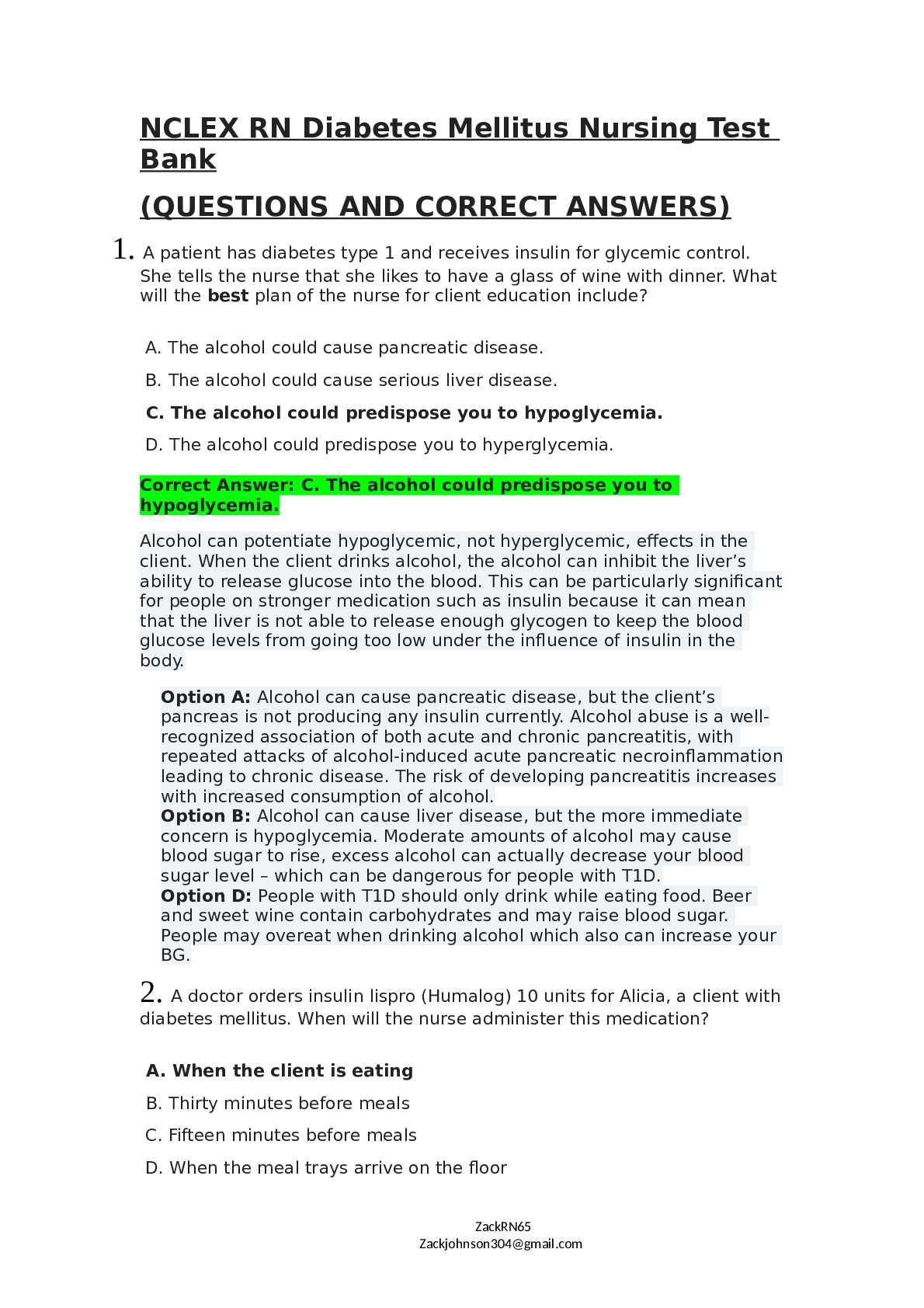
NCLEX RN Diabetes Mellitus Nursing Test Bank (QUESTIONS AND CORRECT ANSWERS)
$ 14
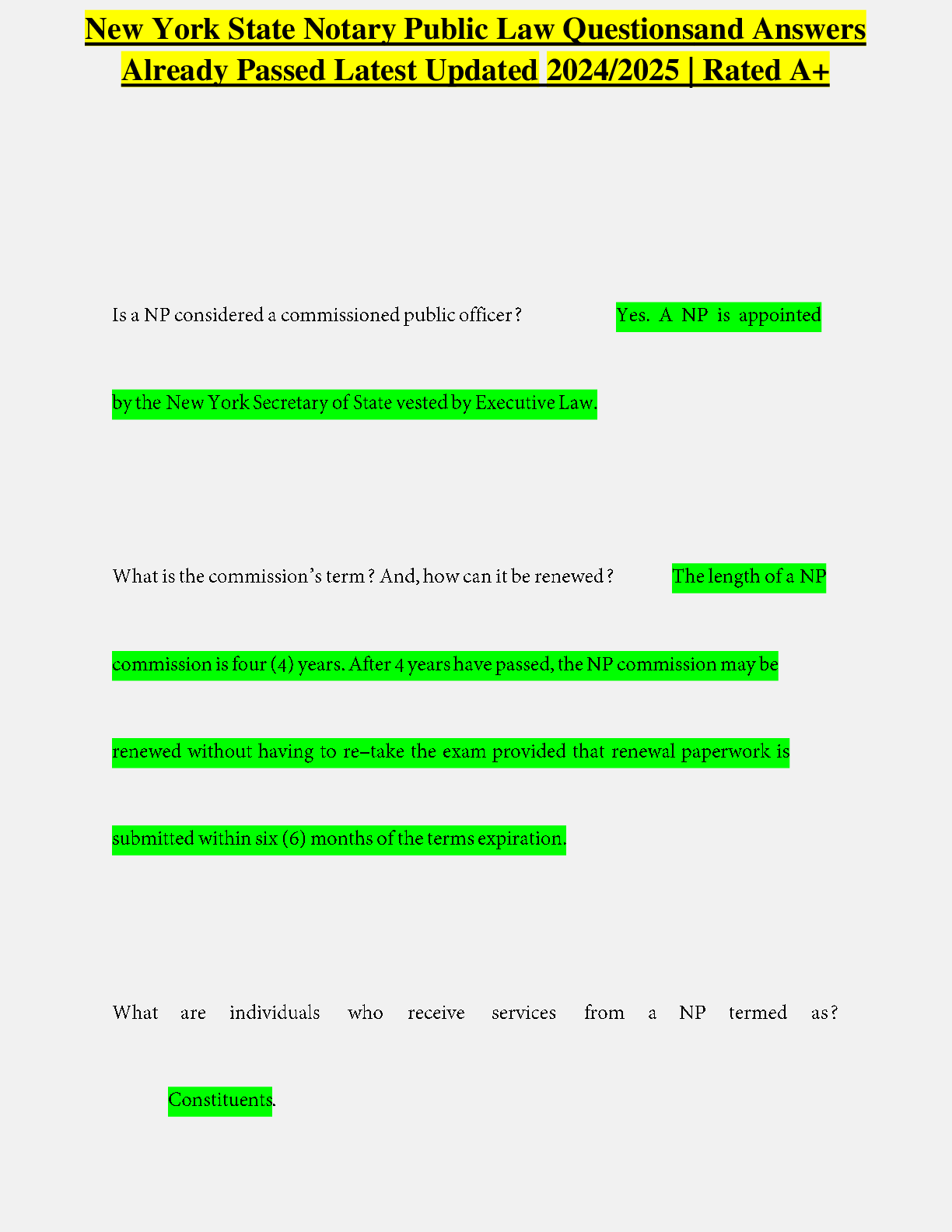
New York State Notary Public Law Questions and Answers Already Passed Latest Updated 2024/2025 | Rated A+
$ 13.5
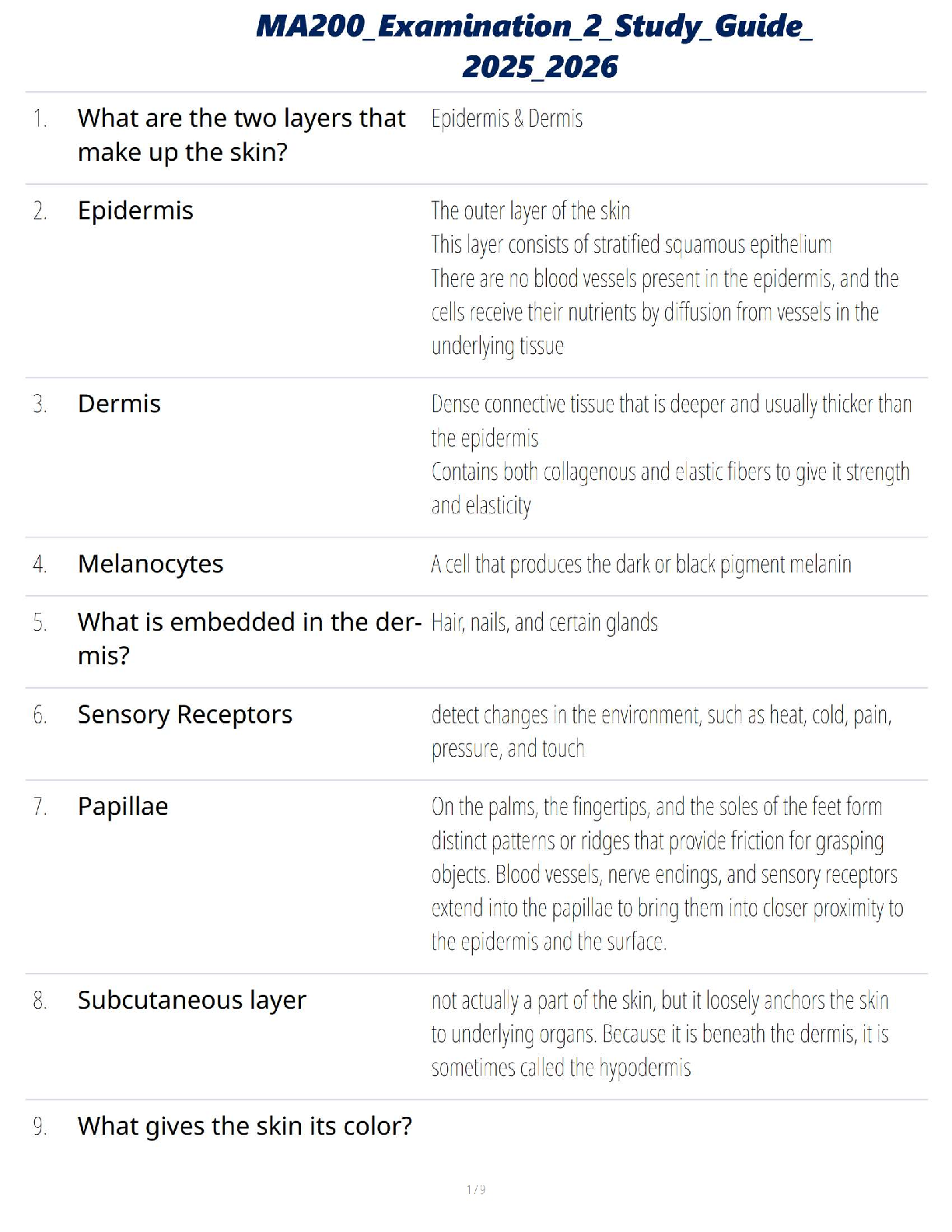
MA200 Examination 2 Study Guide 2025
$ 11.5
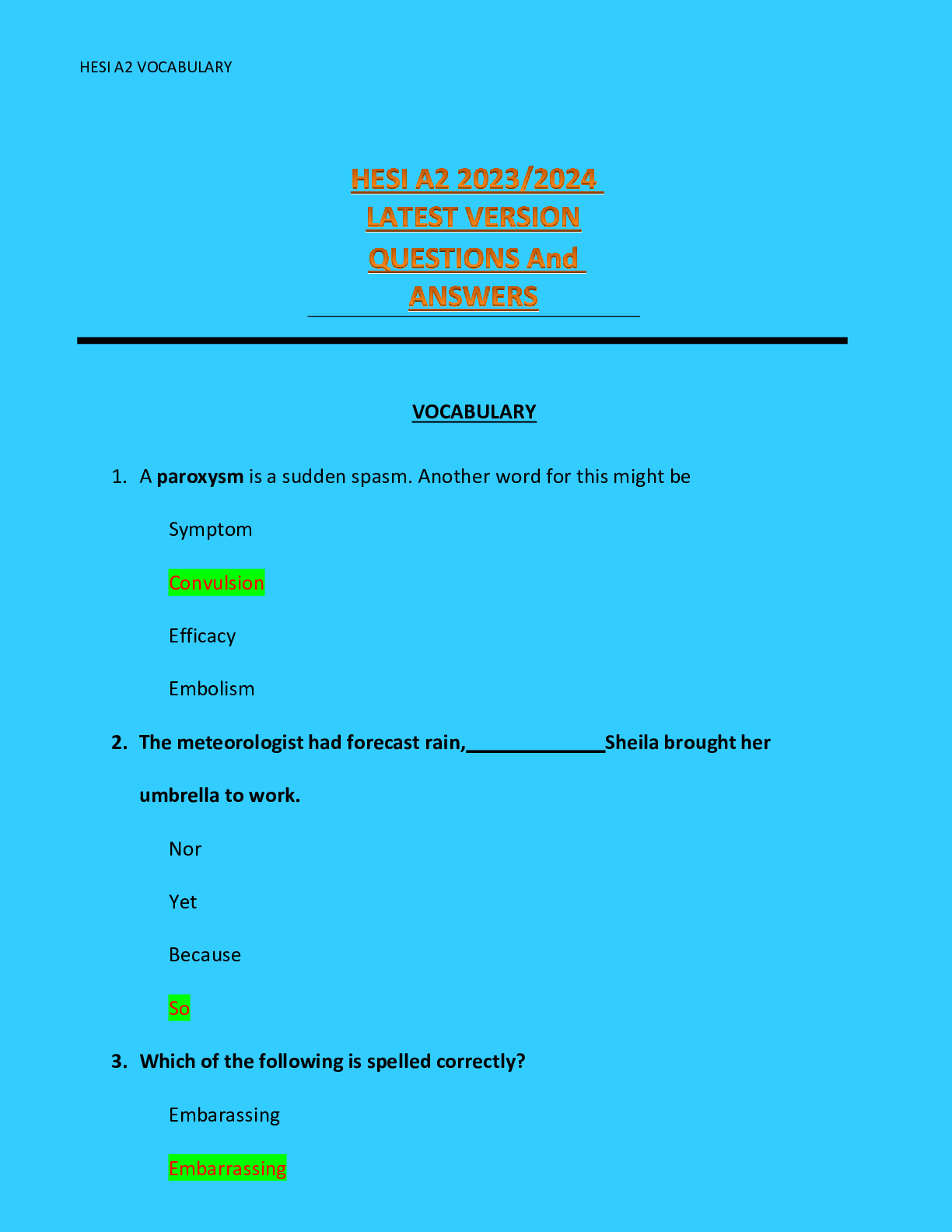
HESI A2- FILE ON VOCABULARY-LATEST VERSION QUESTIONS AND ANSWERS-2023-2024
$ 8.5
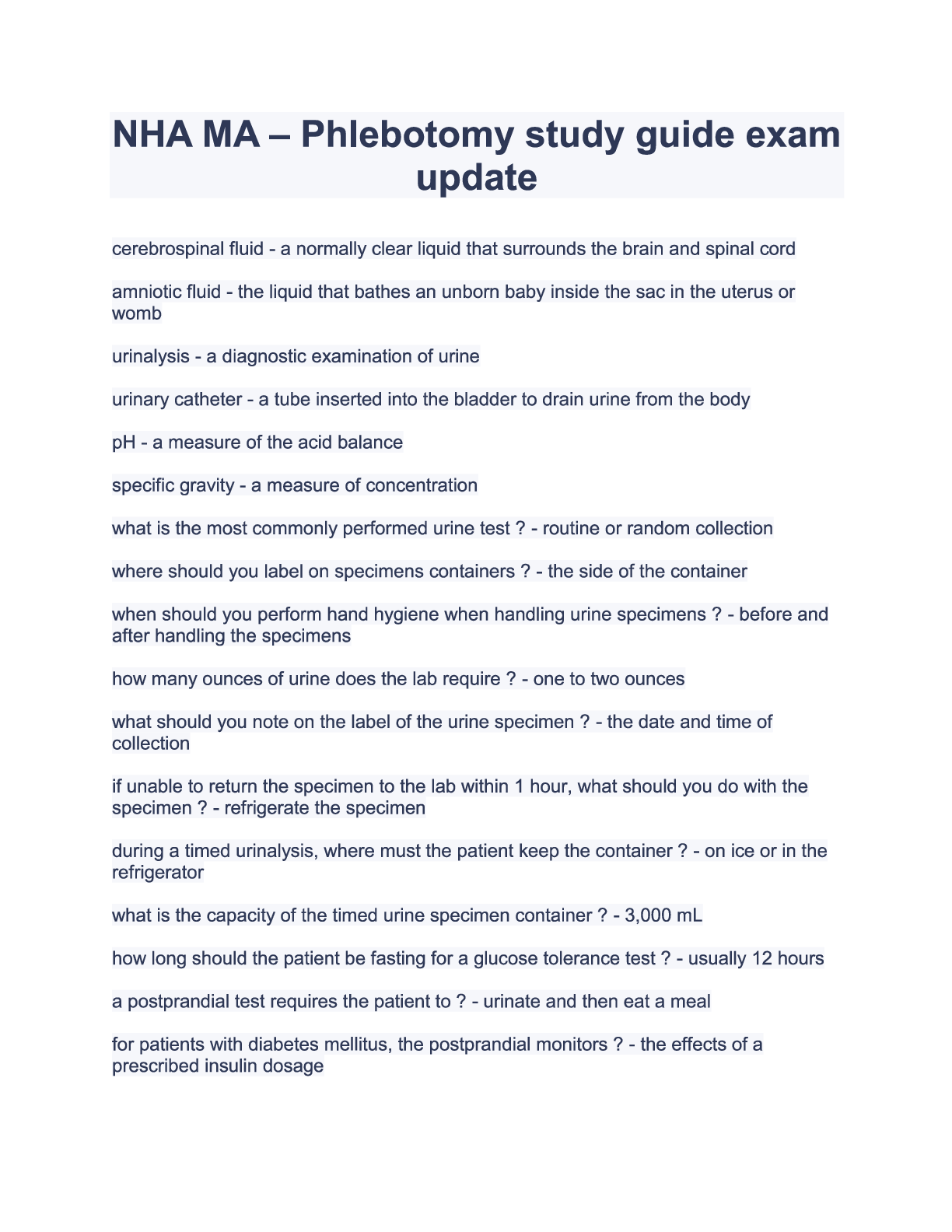
NHA MA – Phlebotomy study guide exam update
$ 19
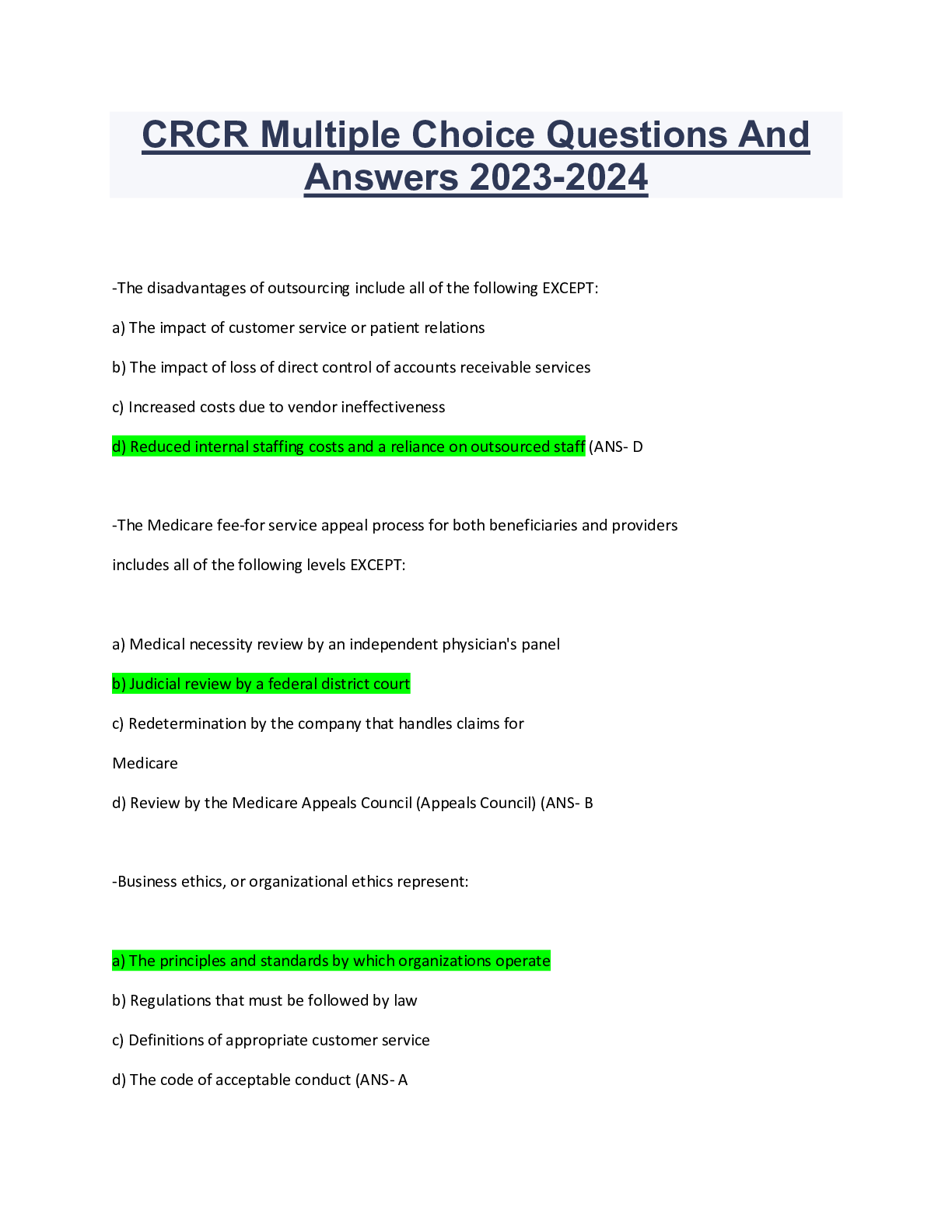
CRCR Multiple Choice Questions And Answers 2023-2024
$ 12.5

BIOE 206 Exam 1 Study Guide questions and answers with complete solution 2024
$ 24.5
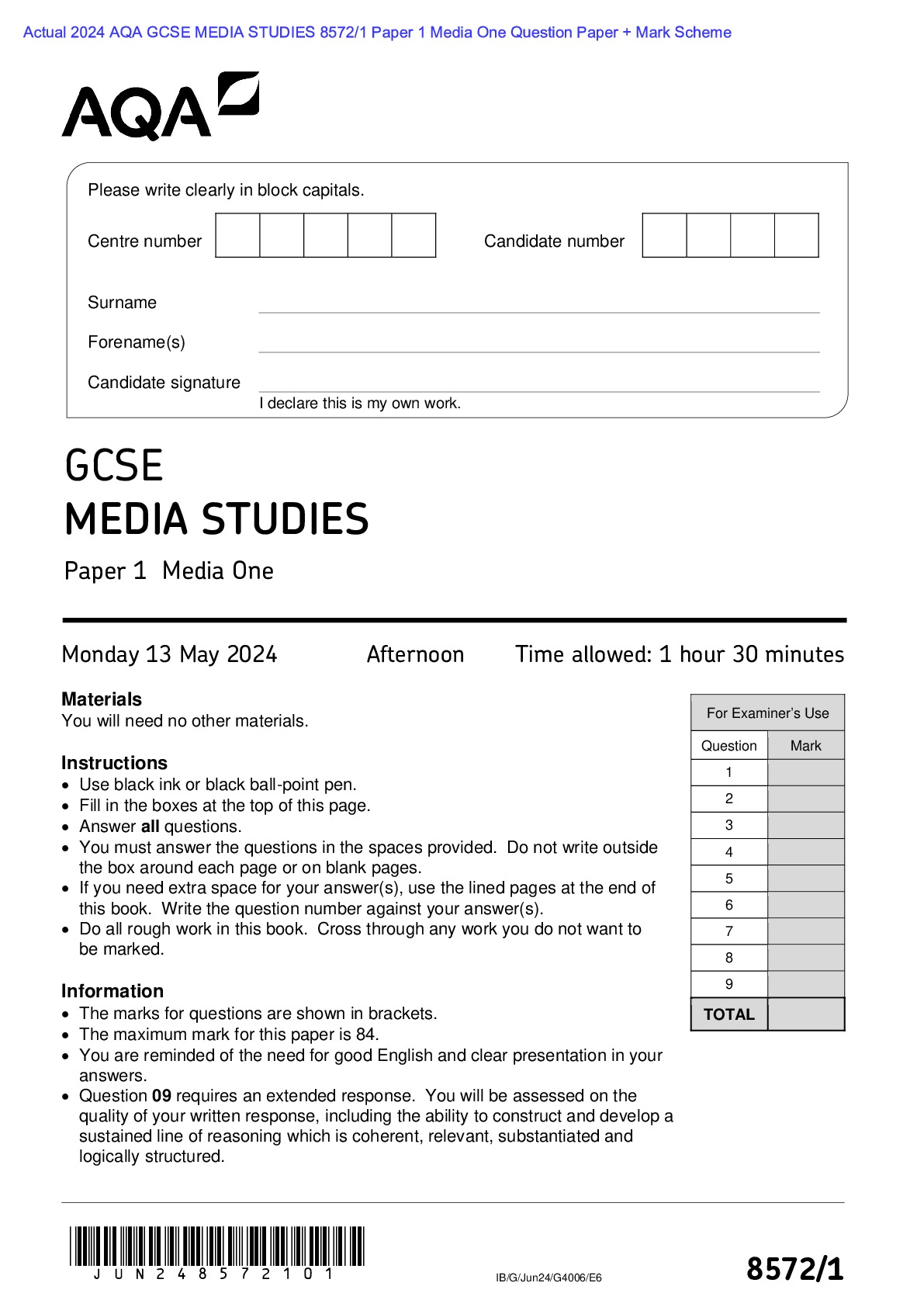
Actual 2024 AQA GCSE MEDIA STUDIES 8572/1 Paper 1 Media One Question Paper + Mark Scheme Actual 2024 AQA GCSE MEDIA STUDIES 8572/1 Paper 1 Media One Merged Question Paper + Mark Scheme
$ 7
.png)
CDL General Knowledge (Secs. 1, 2, 3, 12, 13) All Rated A+
$ 7
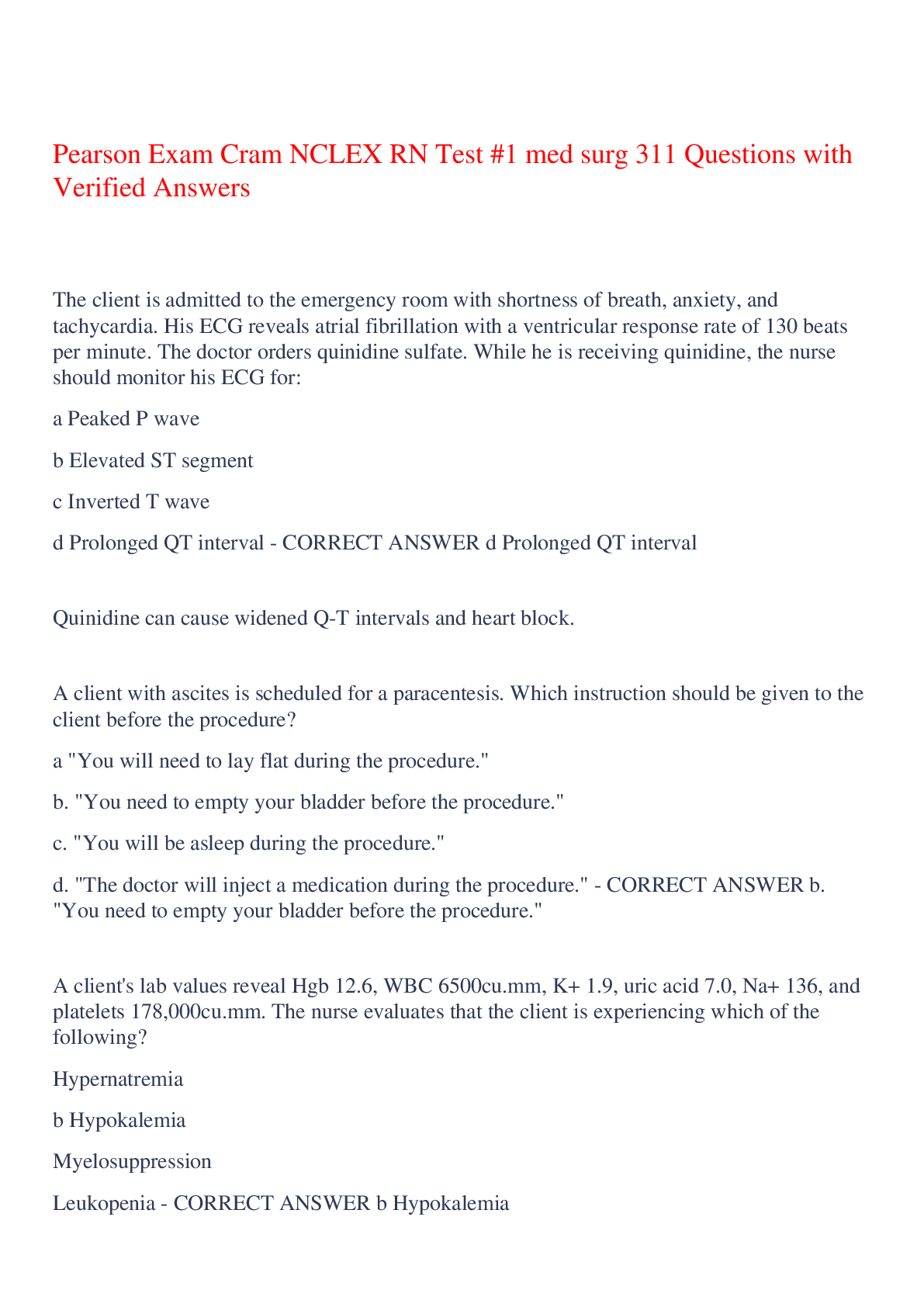
Pearson Exam Cram NCLEX RN Test #1 med surg 311 Questions with Verified Answers,100% CORRECT
$ 10

AZ-104-skillcertpro possible questions with correct answers
$ 10
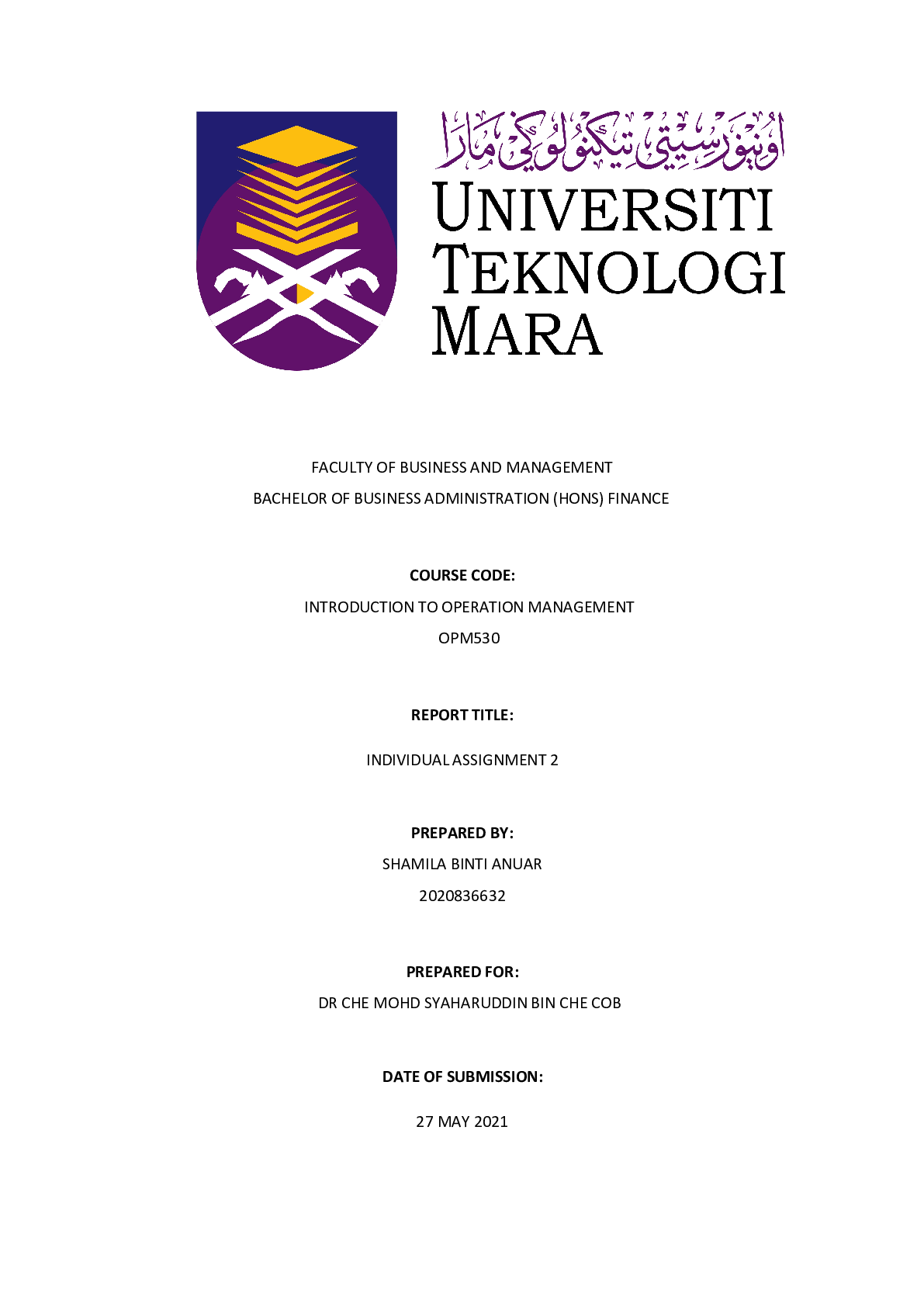
Research Paper > INTRODUCTION TO OPERATION MANAGEMENT OPM530. BACHELOR OF BUSINESS ADMINISTRATION (HONS) FINANCE.
$ 4
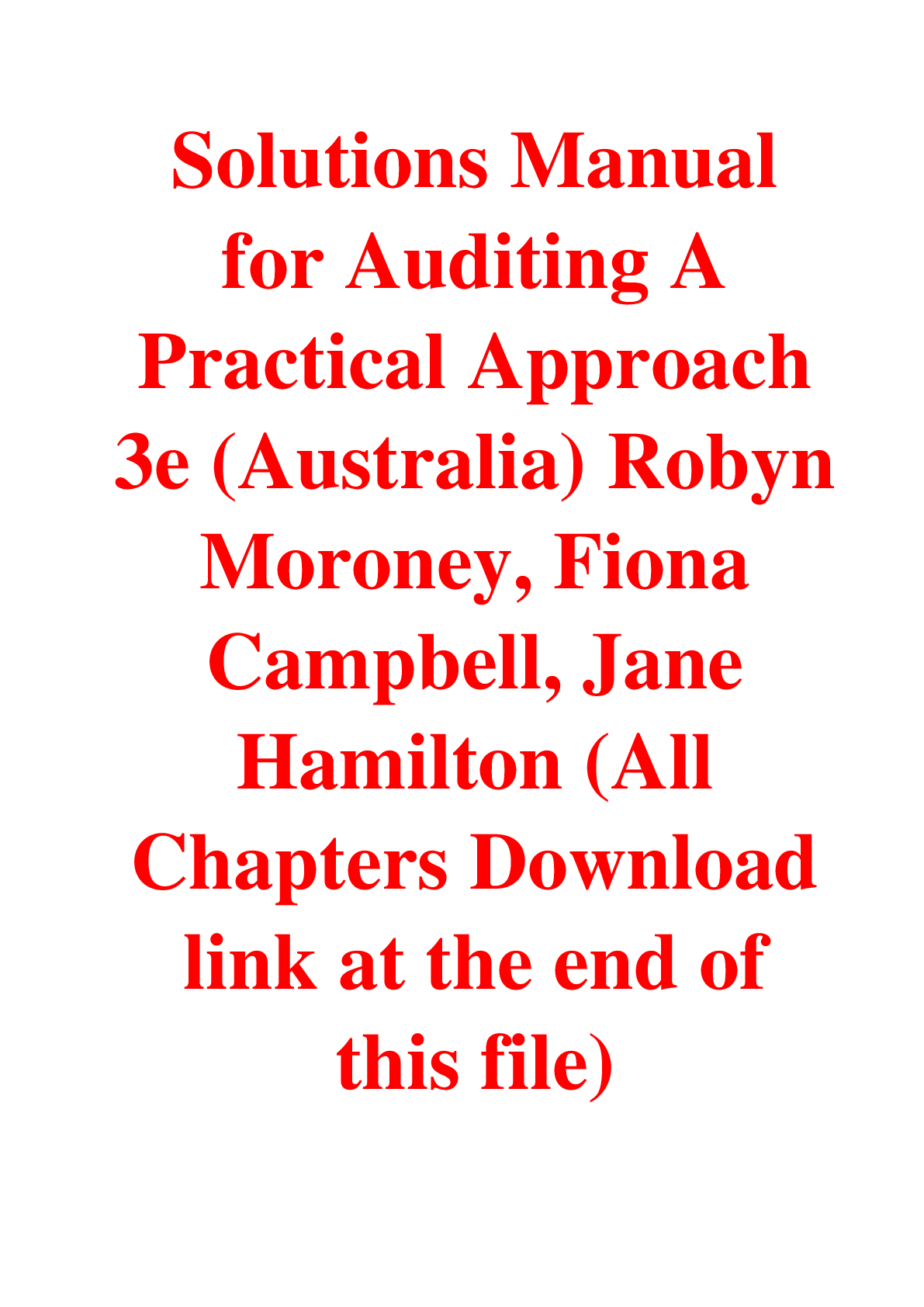
Solutions Manual for Auditing A Practical Approach 3e (Australia) Robyn Moroney, Fiona Campbell, Jane Hamilton
$ 29
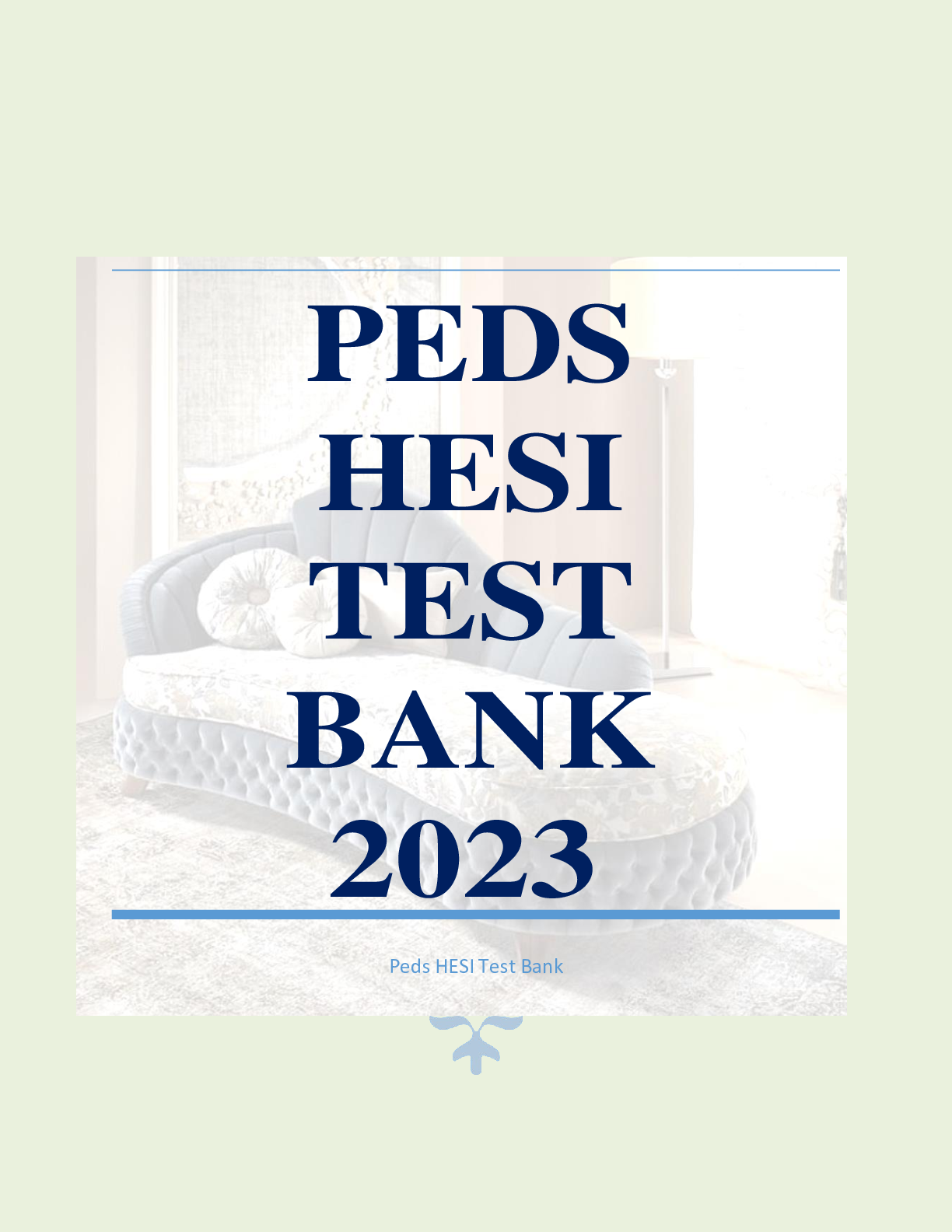
PEDS HESI TEST BANK 2023
$ 12.5
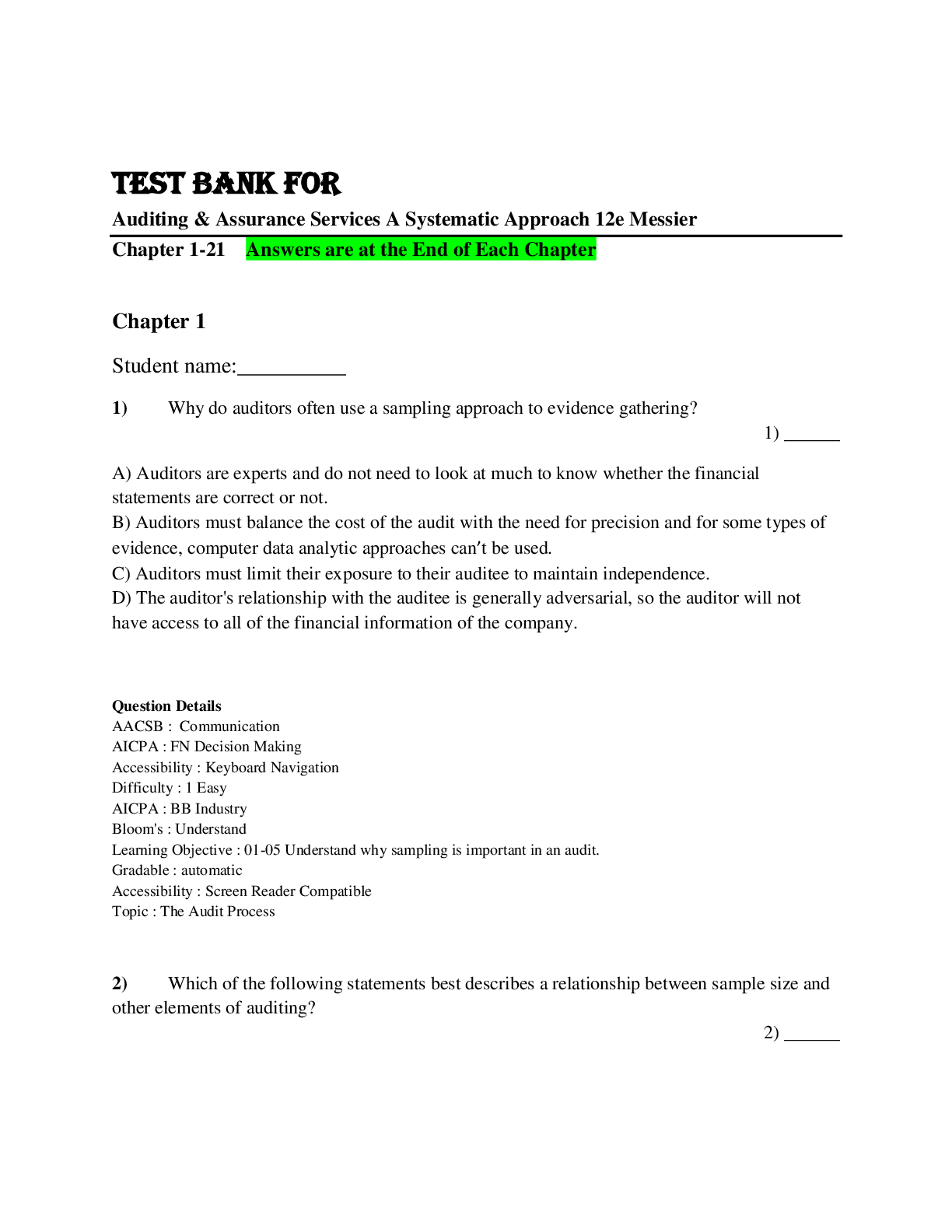
Test_Bank_for_Auditing_&_Assurance_Services_A_Systematic_Approach
$ 15
.png)
NSG 322 PRACTISE HESI
$ 12
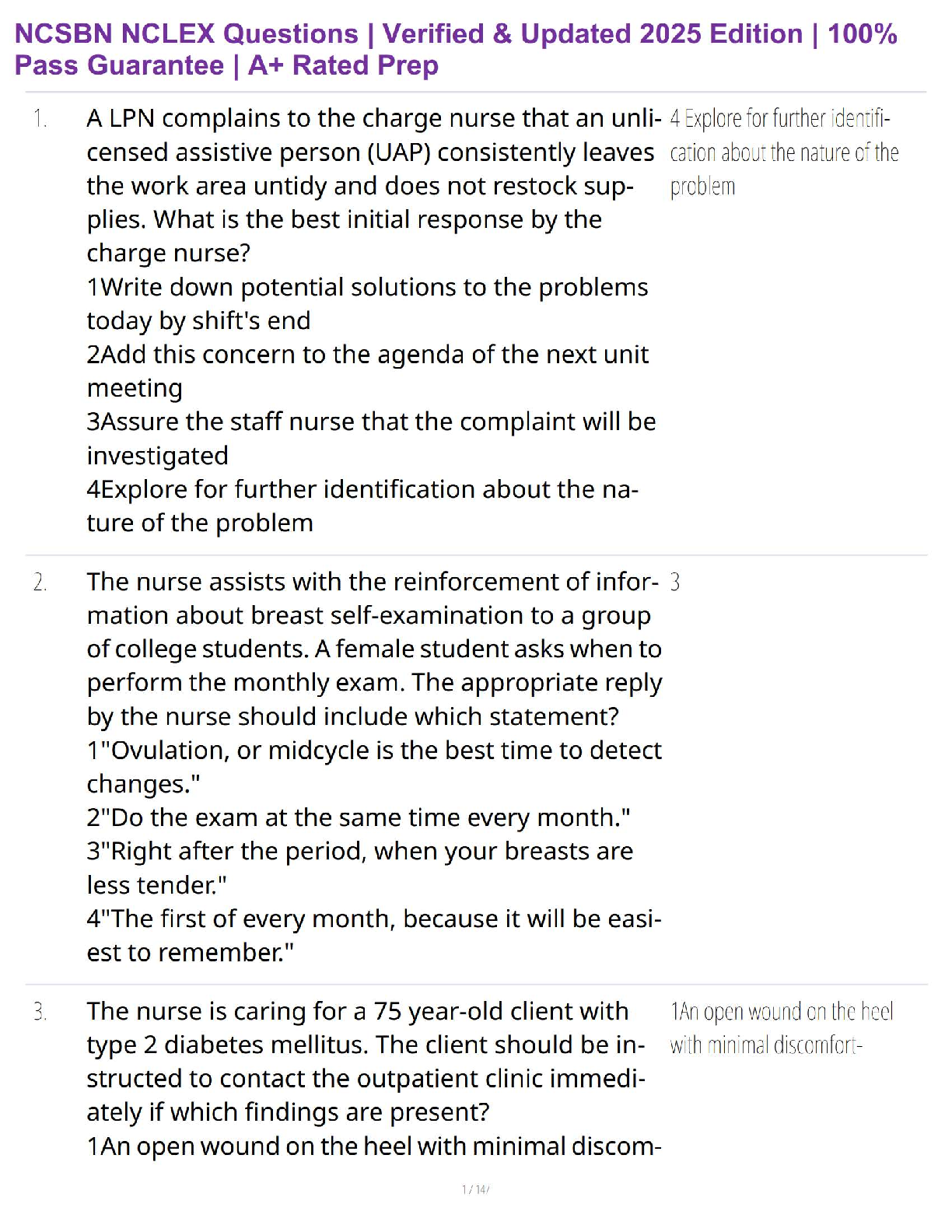
NCSBN NCLEX Questions | Verified & Updated 2025 Edition | 100% Pass Guarantee | A+ Rated Prep
$ 33.5

Pearson Edexcel Level 3 GCE Russian Advanced PAPER 2: Written response to works and translation QUESTION PAPER 2022
$ 5
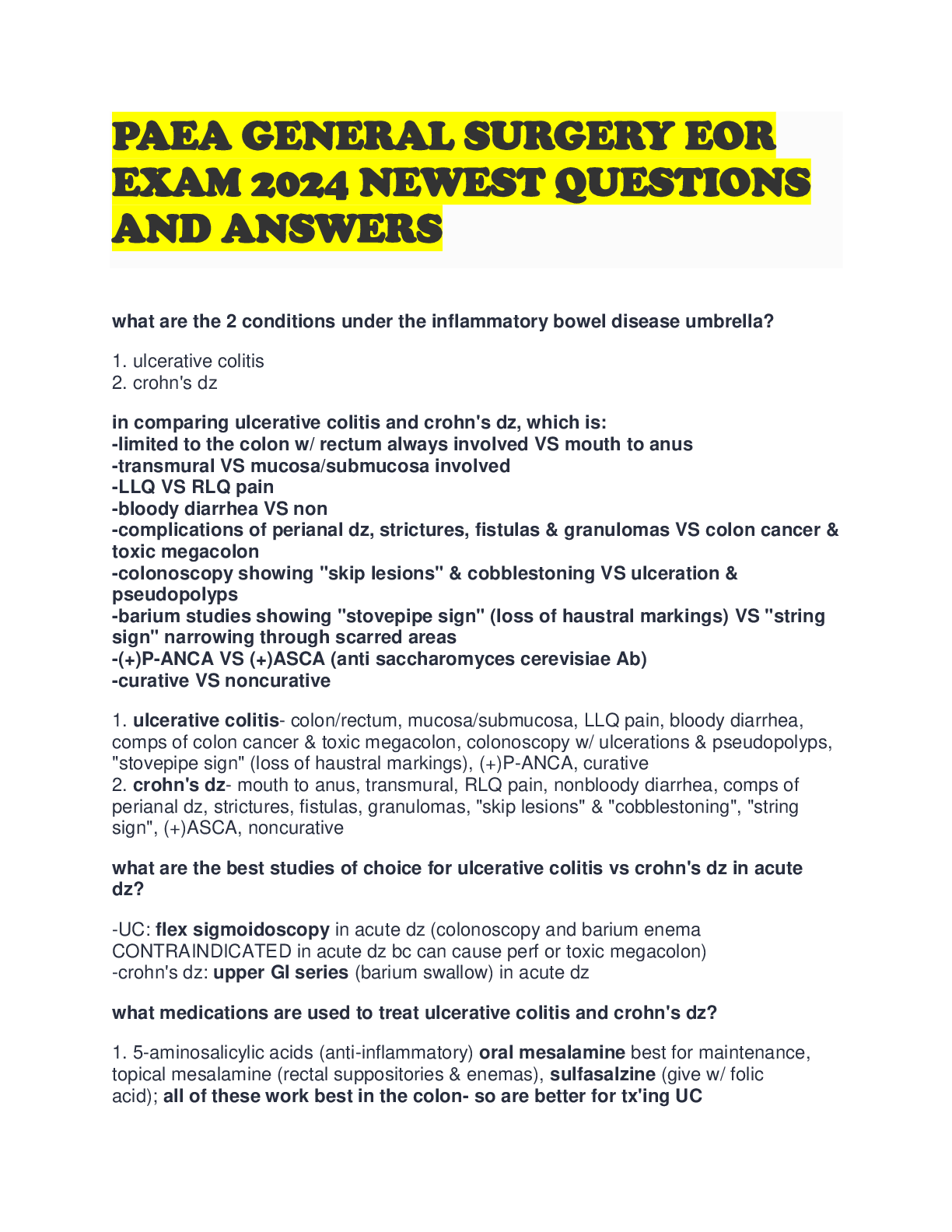
PAEA GENERAL SURGERY EOR EXAM 2024 NEWEST QUESTIONS AND ANSWERS
$ 17.5
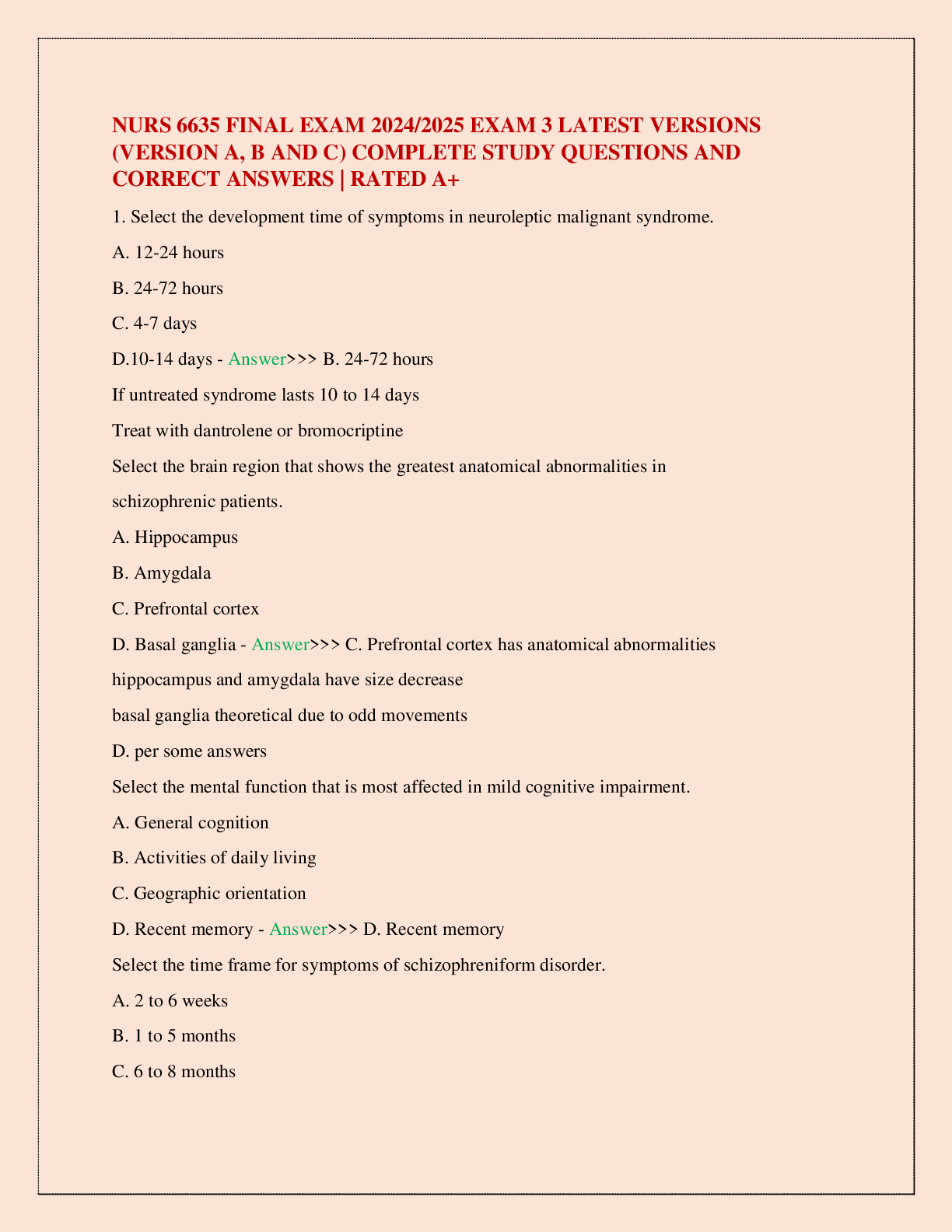
NURS 6635 FINAL EXAM 2024/2025 EXAM 3 LATEST VERSIONS (VERSION A, B AND C) COMPLETE STUDY QUESTIONS AND CORRECT ANSWERS | RATED A+
$ 11.5

AP Human Geography Exam Review 2022
$ 7
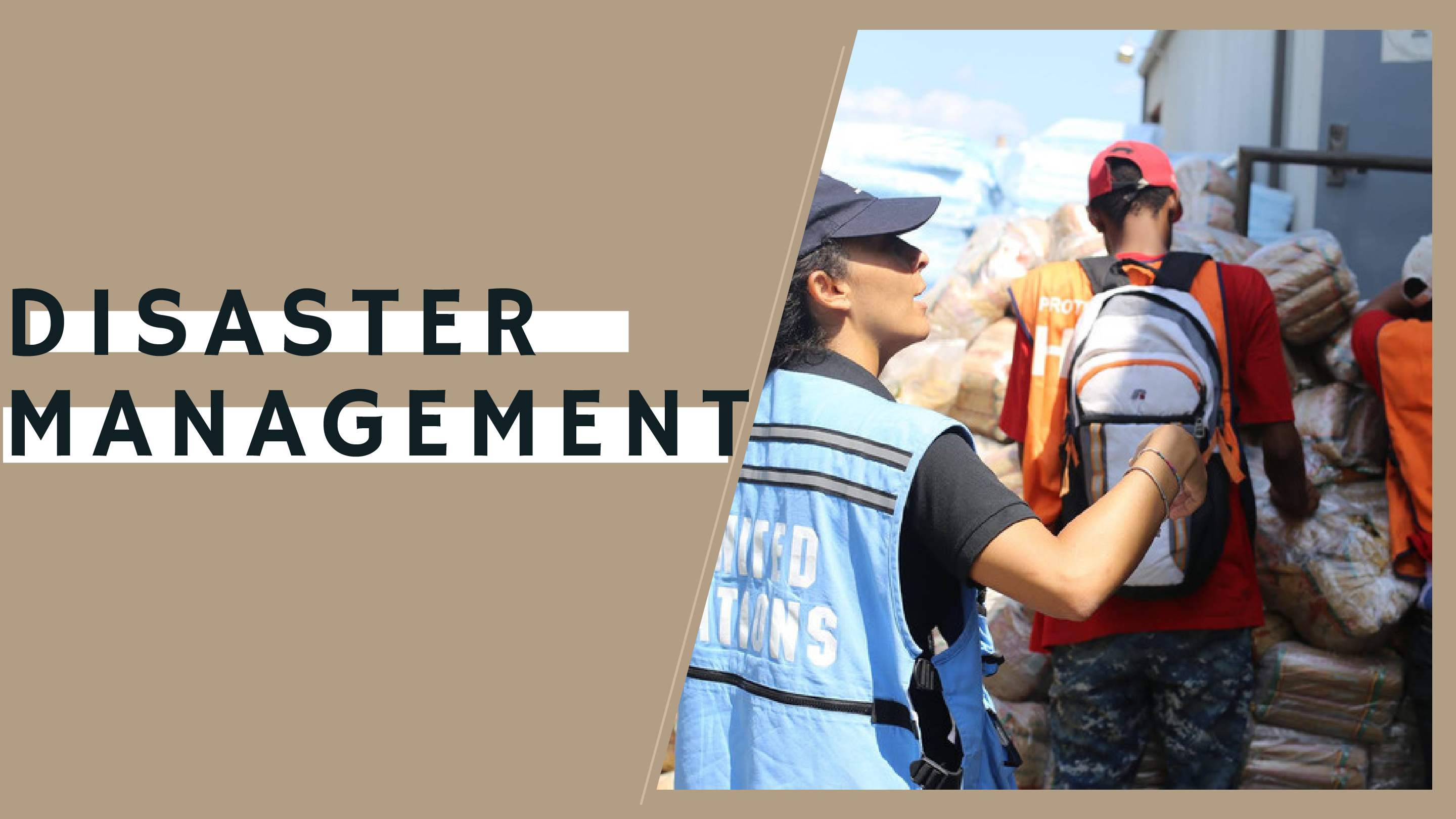
DISASTER MANAGEMENT
$ 4

Pearson Edexcel International GCSE Information and Communication Technology (ICT) PAPER 2: Practical Paper QUESTION PAPER JUNE 2021
$ 5

Fundamentals of Corporate Finance, 3rd Canadian Edition, By Jonathan Berk, Peter DeMarzo, Jarrod Harford, David Stangeland, Andras Marosi (Solutions Manual )
$ 25

Summary QFT1 – IT Management Capstone Project – QFT1.doc
$ 16

AWS Certified SysOps - DFW Questions With Correct Answers 2022
$ 11

ATI pediatrics proctored exam VERSION 3
$ 10.5

eBook Applying Artificial Intelligence in Cybersecurity Analytics and Cyber Threat Detection 1st Edition By Shilpa Mahajan , Mehak Khurana , Vania Vieira Estrela
$ 29
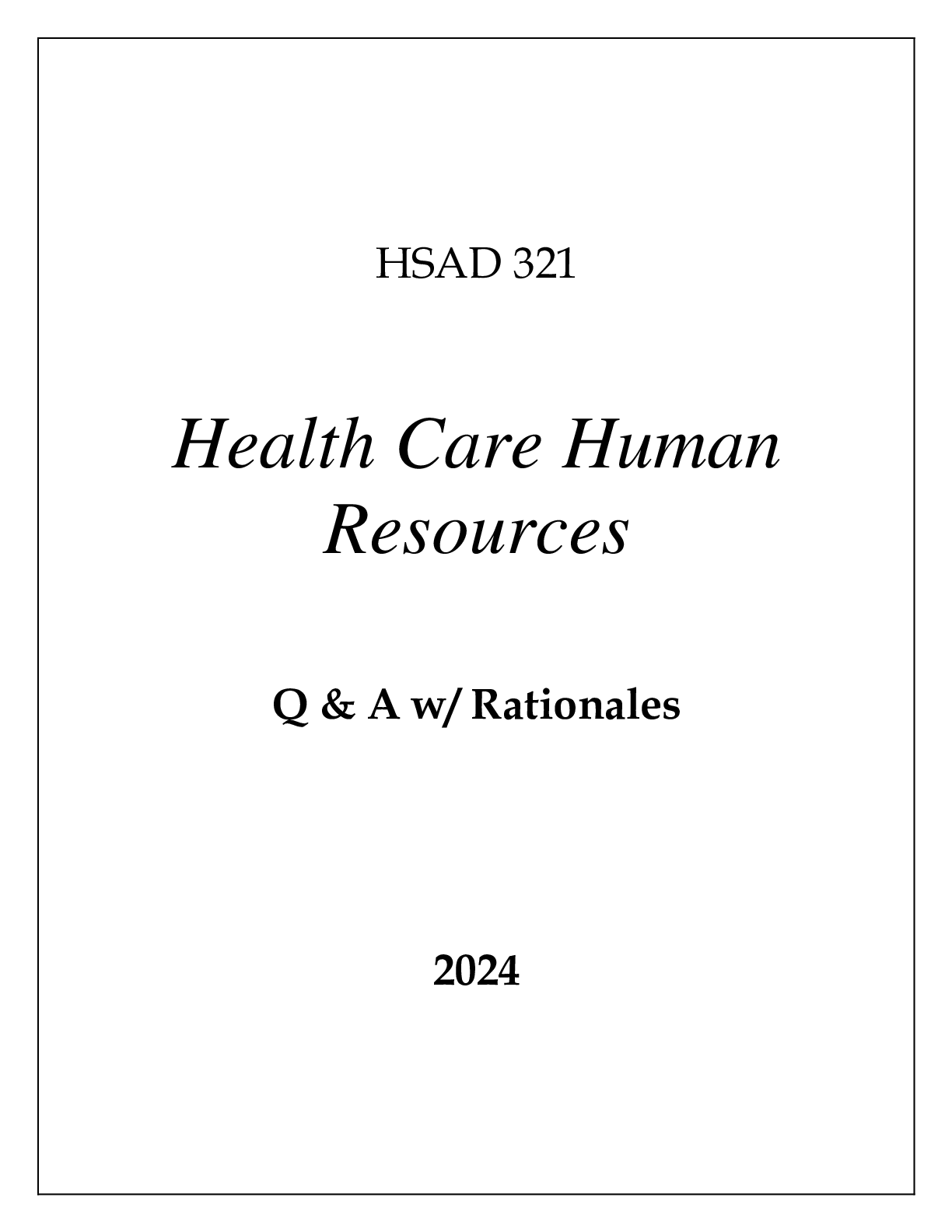
HSAD 321 HEALTH CARE HUMAN RESOURCES EXAM Q & A WITH RATIONALES 2024
$ 16
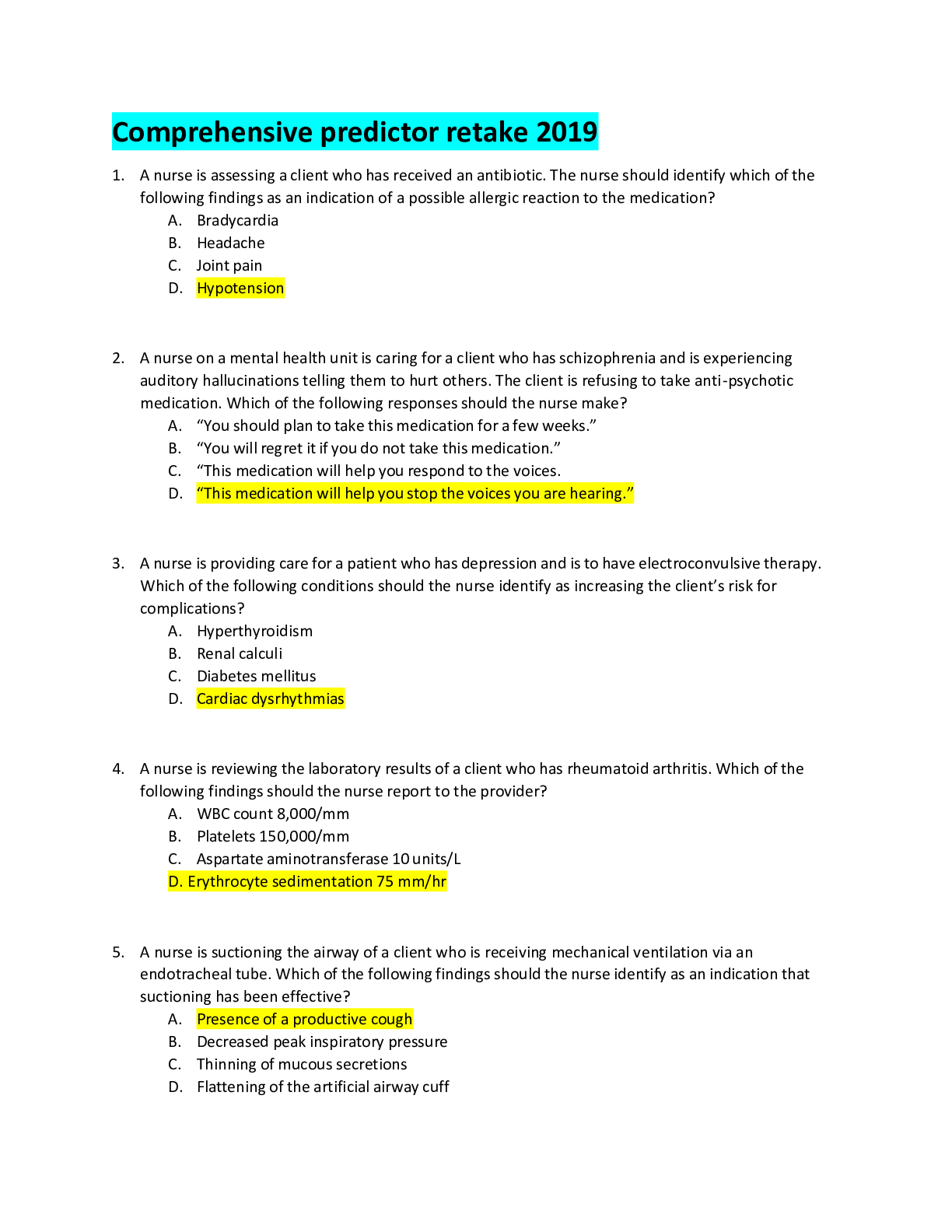
ATI RN COMPREHENSIVE PREDICTOR RETAKE 2019 GRADED A/ LATEST REVISED QUESTIONS WITH ANSWERS
$ 17
RN COMPREHENSIVE PREDICTOR 2019 FORM A
$ 20.5
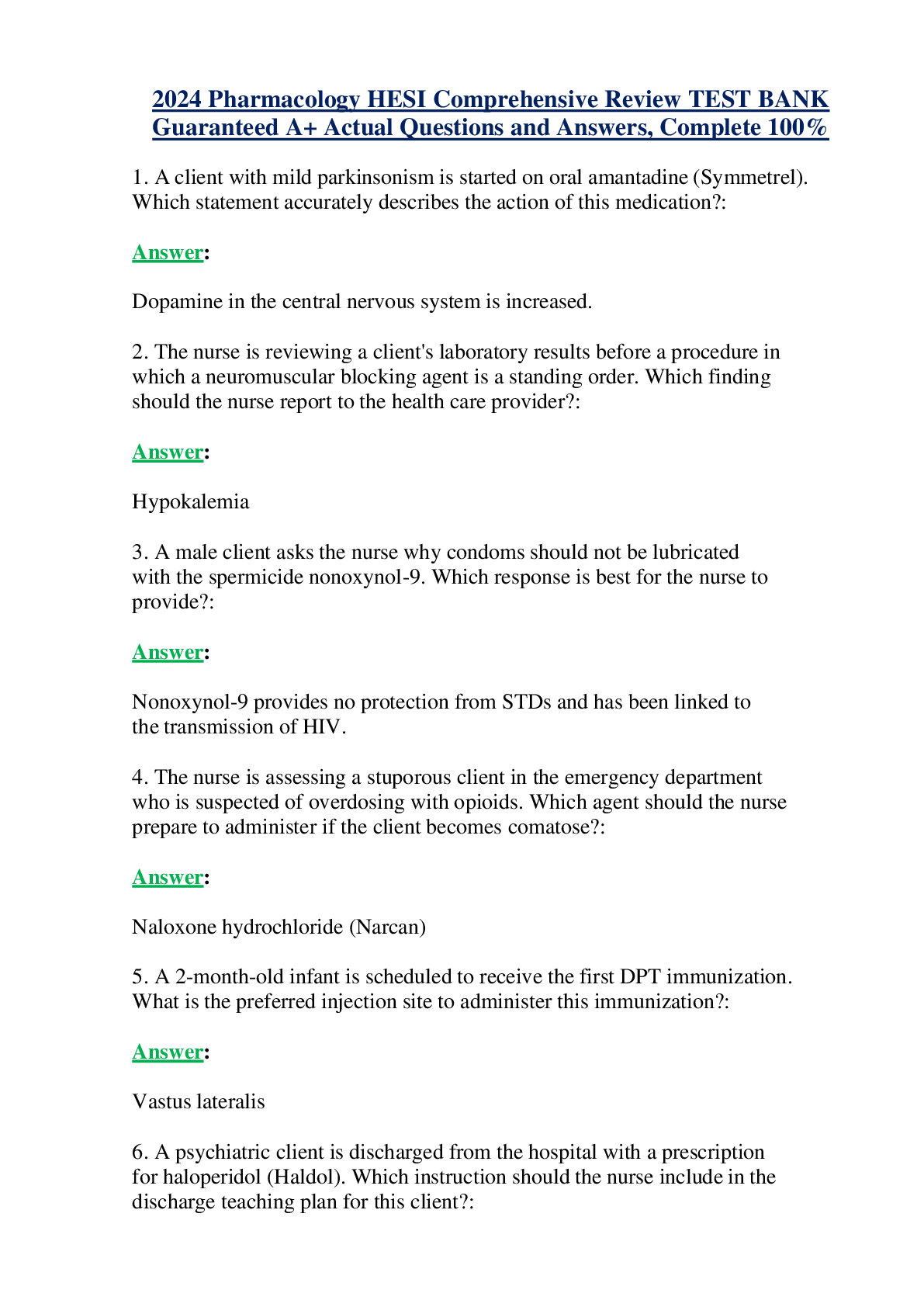
2024 Pharmacology HESI Comprehensive Review TEST BANK Guaranteed A+ Actual Questions and Answers, Complete 100%



